Why do horses groom each other
Sep 09, 2023 | Super Equestrian
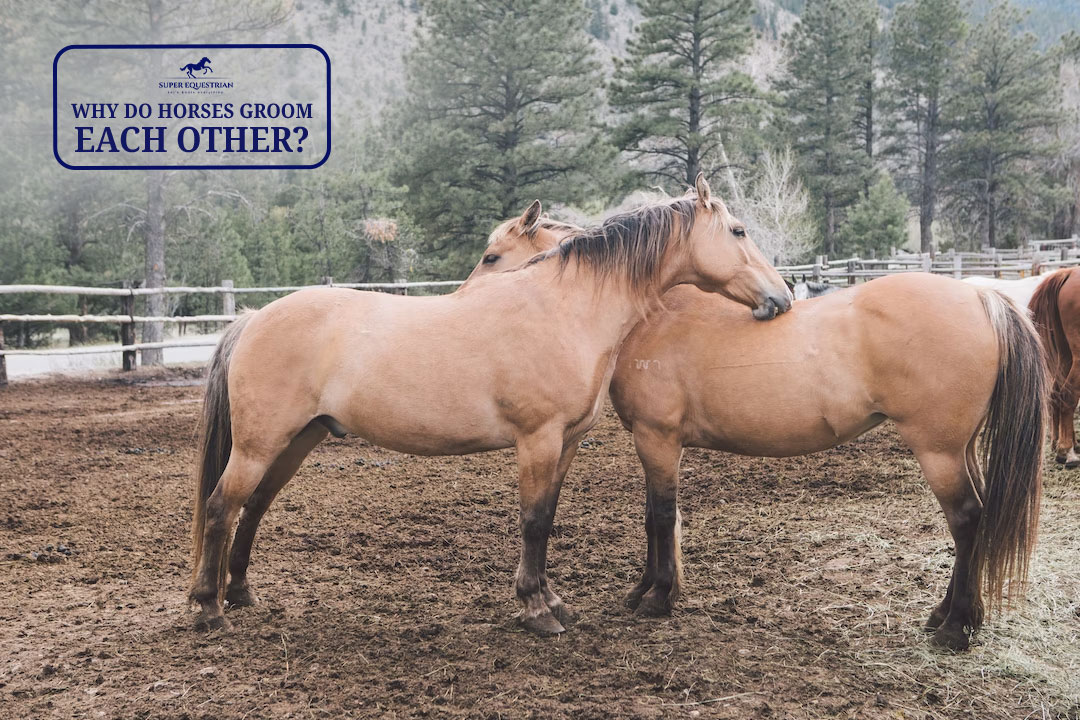
Imagine, one sunny morning with a brush and a bucket, you are heading for the horse stables to prepare your fellow equine for the day, and you see a fascinating vista"Oh, my dear horses, they are grooming each other. My work is half done!" but the question is why do horses groom each other ?
Well, the answer is quite neat and simple.
Horses groom each other in order to create bonds and develop social connections. They may gently remove dust, pathogens, and other detritus from each other's fur, skin, and mane through licking, snuggling, and nibbling.
Horse grooming behavior is related to the many activities' that horses perform to clean and condition their coats, skin, and general appearance. This can involve behaviors like licking, nibbling, and scratching against things to remove dirt and tresses, as well as grooming equipment such as curry combs or brushes.
Grooming is crucial not just for maintaining their physical look and cleanliness, but it also helps to create and maintain social relationships amongst horses and aids in reducing anxiety levels.
Besides, understanding horse behavior is an essential part of horse ownership and equestrian enthusiasm, and it may lead to safer, more efficient, and more gratifying experiences for both horses and riders.
We’ll dig into the depth of fascinating facts about horse’s grooming in this blog, including their grooming behavior, how they build social bonding through grooming, what are the benefits of grooming each other and more others.
So, why waste time? grab your tools and let's find out the mystery behind their mutual grooming.
Understanding of Horse’s Grooming Behavior
In the world of mammals, mutual grooming is observed in many other species as well such as cats, primates, rodents and other animals. Horses are no exception.
Horses grooming each other is a common spectacle in horse herds. There are various hypotheses as to why horses groom one another. For example, grooming can help horses enhance their social interactions with one another, similar to how people develop bonds over shared activities.
Horse grooming is a complicated and multifaceted habit that includes both social and physiological aspects. For social aspects it refers to strengthening social bonding, establishing dominance over inferior, and communicating nonverbally amongst horses.
On the other hand, for physiological aspects it alludes to reducing stress or anxiety, stimulating the sensation of their touch and movement, and maintaining hygiene as removing dirt, debris or harmful parasites from the horse’s fur.
So, understanding horse grooming behavior is crucial for any horse owner and enthusiasts who intend to provide adequate care for their horses, as well as anyone who wants to learn more about horse behavior and welfare.
Because it will help them to comprehend the social dynamics of horse herds, maintenance of their hygiene, and most importantly how can a owner use grooming as a technique to train and improve horses behavior.
How can horses build Social Bonding through Grooming
As a human being we usually establish social interaction with other people through communicating, sharing experience, showing affectionate gestures or participating in any social activities. So, what is the way for our one-toed mammals to build social bonding with each other ?
Grooming each other or mutual grooming is one of the effective ways for these amazing four legged animals to establish social bonding with other horses.
In particular, horse’s grooming includes physical interaction between two horses, which can create intimacy and bonding. In addition, mutual grooming can allow horses to develop leadership and social hierarchy, with dominant animals frequently grooming lower individuals.
If a horse is kept separate from other horses or housed alone, they may experience physical and behavioral issues. So, social bonding is a crucial part of horse health and well-being. Let them evolve in herds where they may build strong bonds with other mates and communicate effectively.
How grooming can benefits horse’s Hygiene and Health
Mutual grooming plays a vital role in maintaining horse’s hygiene and promoting excellent heath. grooming improves circulation and promotes overall health whilst also stimulating blood flow throughout the horse's body.
Brushing and rubbing the horse's coat can assist circulate natural moisture and improve the coat's appearance.
Horses usually use their tongue and teeth to remove dirt, parasites, and other detritus from each other's coats and skin, lowering the risk of skin diseases and irritations.
This aids in the maintenance of cleanliness and avoids the accumulation of dirt, oils, and other things that might cause skin issues. Moreover, mutual grooming helps to avoid skin diseases including rain spoilage, itch, and allergies.
During grooming horses may evaluate each other's skin condition or coat, assisting in the detection of any changes or concerns, such as cysts, rashes, or lameness. This can lead to faster treatment and better overall wellness. How convenient for us!
The Calming Effect of Grooming in Horses
Mutual grooming has been observed to have a calming effect on horses. This is because grooming causes the emission of endorphins, the body's natural feel-good hormones that aid in stress reduction and relaxation. Furthermore, grooming each other can help horses to lower feelings of anxiety and loneliness.
Mutual grooming can also make horses feel more comfortable and secure. When horses groom one another, they are expressing affection and strengthening their social relationships, which can help to build a sense of confidence and trust within the herd.
Aside from that, when horses are housed in confined spaces or endure high levels of stress, mutual grooming can assist to relieve tension and promote relaxation in those circumstances.
As stress can cause a negative impact over a horse's physical health (e.g weaken immune system or lead muscle pain) and psychological health such as aggression, anxiety or other behavioral issues.
But grooming can help to reduce stress, improve a horse's overall health and well-being that boost their capacity to cope up with difficult situations.
So, it is undeniable that grooming is a healthy practice for horses that provides both physical and psychological advantages.
Common mutual grooming techniques for Horse’s
We have already mentioned some common grooming techniques that horses use when grooming each other such as licking, nibbling, rubbing, and scratching.
Those are the horses' natural behavior to maintain their hygiene and to keep each other clean. Here we provide small explanation of their grooming techniques:
- Licking each other’s skin or fur: Licking each other's skin or fur is a common behavior among horses and is part of their mutual grooming practices. They use their tongues to clean each other's coats of dirt, or any debris.
Additionally, horses release an antibacterial protein in their saliva, which can aid in the prevention of skin infections. Also licking can be a sign of showing affection towards other mates.
- Rubbing each other's bodies: Horses use their bodies to rub against each other, which helps to remove dust or mud and also distribute natural oil throughout their coats. It is also a way to express their compassion and build their bond.
- Nibbling the other horse's back: Nibbling the other horse's back is a common technique for mutual grooming. They use their teeth to remove stray hairs, mats, or tangles from one another's coats, especially in those body areas where it is difficult to reach.
In particular situations, horses may also nibble on each other's backs as a sort of play or to establish dominance. However, it is important to observe their behavior and intervene if it turns to aggression and causes any injury.
- Scratching one another's withers: Scratching is another way of horse’s grooming. Here they also use their teeth to scratch each other's body such as the withers and belly. Just like having a mutual agreement “ I'll scratch your back if you do mine !”
In addition to mutual grooming, horses may scratch themselves against fences, trees or other objects to relieve irritation.
- Sniffing areas where need grooming: Sniffing other horses is a natural behavior during mutual grooming. Horses use their noses to push each other's manes and tails aside in order to reach exact spots that need grooming.
- Tail swishing to keep insects off other horse’s: Horses use their tails to swat and keep flies and other insects off each other's bodies. This helps to maintain the horse's comfort, prevent insect bites and the spread of insect-borne diseases.
Horses also use their tails to express their moods and feelings, such as when they get nervous or have irritation from insects. Through this behavior they can effectively communicate their needs to each other.
As people can easily grasp the idea from watching videos than reading those monotonous lines. Let’s help you out of that tedious situation. We have included a video link Horse’s grooming each other for a vivid comprehension of their mutual grooming!
Conclusion
In the end, horses grooming each other is a common occurrence in horse herds. It has both social and physiological aspects and helps to strengthen social bonding, establish dominance, reduce stress, and maintain hygiene.
Grooming can also have a calming effect on horses and reduce feelings of anxiety and loneliness. Therefore, understanding horse grooming behavior is important for horse owners and enthusiasts to provide proper care and to understand horse behavior and welfare.
It is normal to have a different point of view of their own. And if you have one please share them in the comment section so we could improve our communal bonding just like our beloved horses!!
Recent Blogs
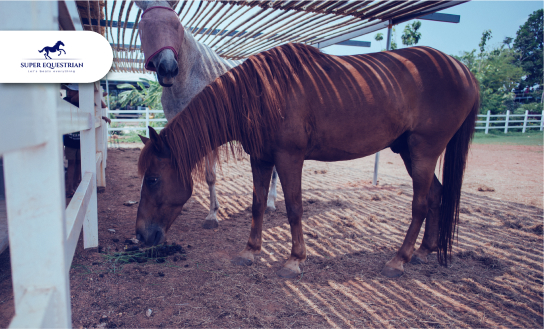
Common Equine Diseases and How ...

Equine Health Supplements: What Every ...
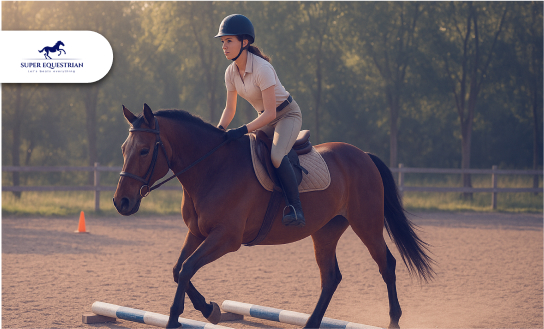
Jumping Basics: How to Prepare ...
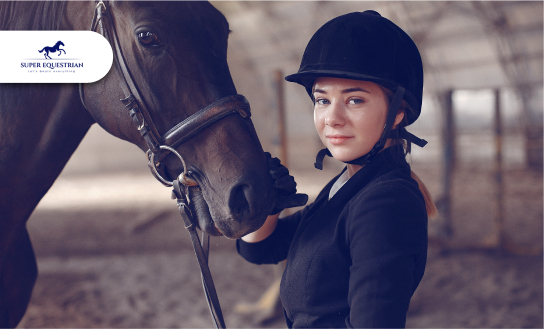
Essential Horse Riding Gear for ...
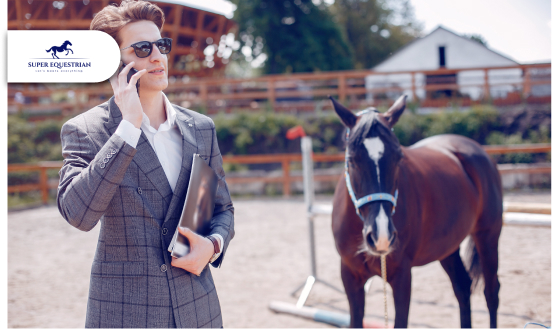
How to Balance Work, Life, ...

How to Balance Work, Life, ...
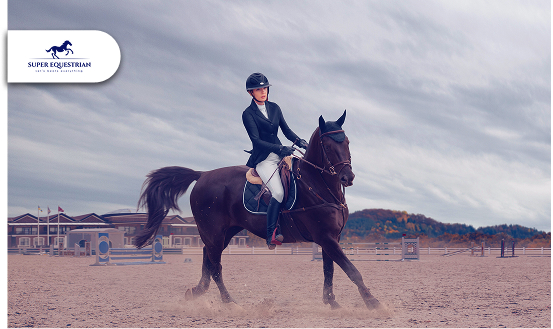
Top 5 Exercises to Improve ...
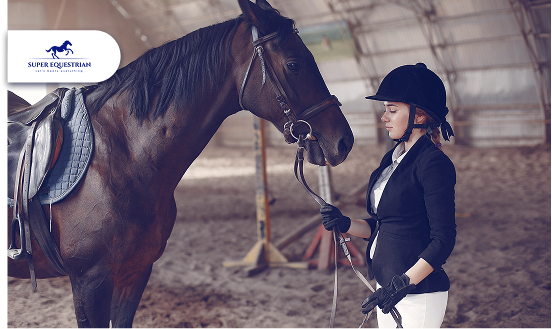
How to Build Confidence as ...
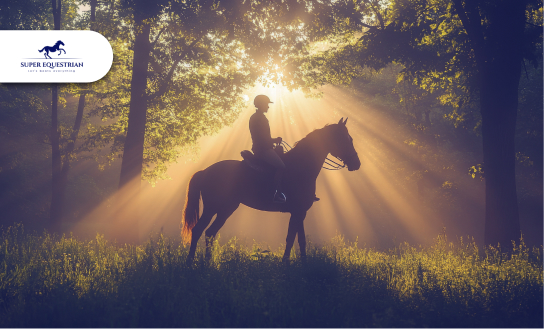
Spotlight on Equestrian Legends: Riders ...
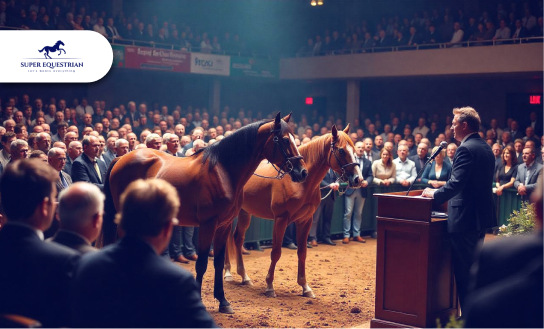
Horse Auctions and Sales...

Top Horse Friendly Travel Destinations ...

How to Build Stronger Bonds ...

Upcoming Horse Shows and Competitions ...
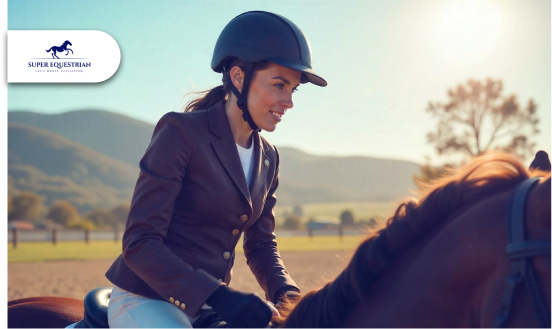
MIPS Equestrian Helmet The Future ...
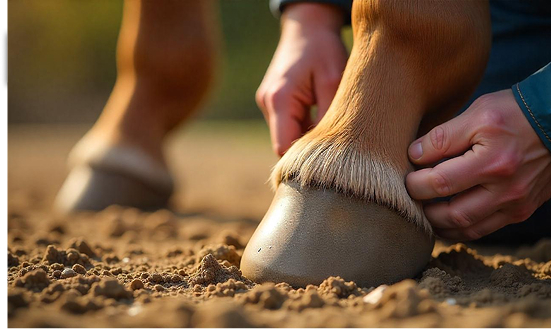
How to Recognize and Treat ...
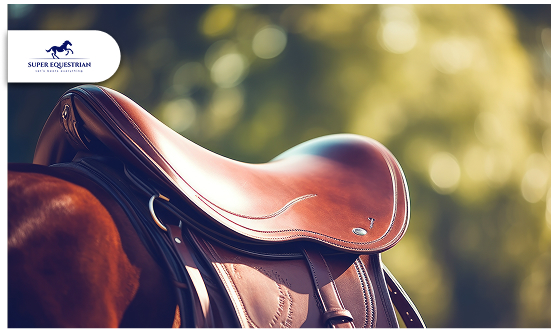
How to Choose the Perfect ...
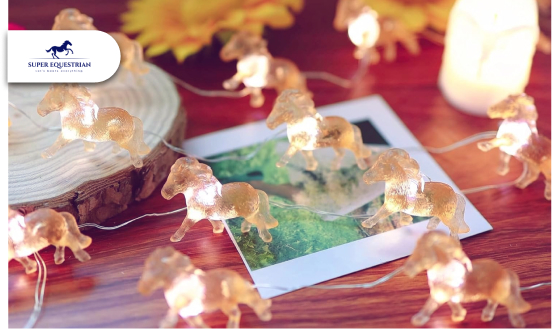
Horse-Themed Gifts Unique Ideas ...
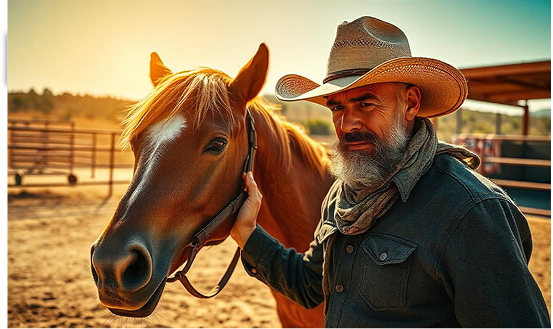
Horse Training Techniques: Creating A ...
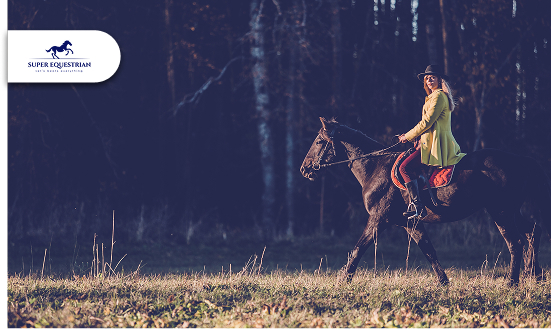
Horseback Riding Lessons – Everything You ...
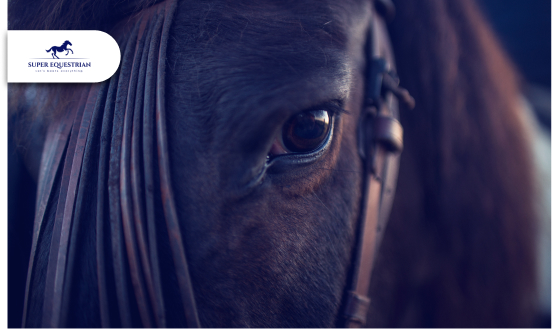
Horse Photography Tips: Learn the ...
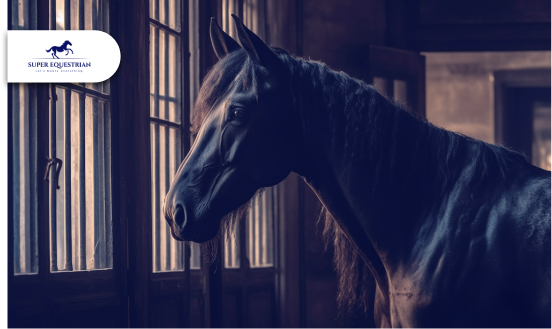
Horse Stable Management: The Quiet ...
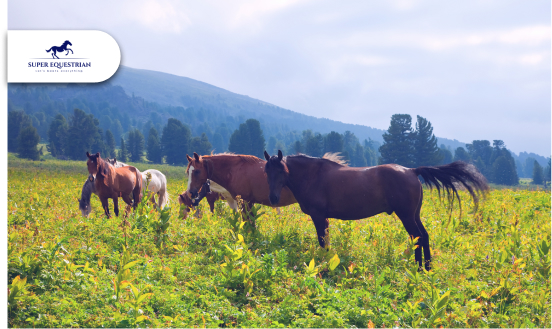
Horse Rescue Organizations: A Profound ...
Horse Racing Events A Look ...
Best Horse Manure Fork Six ...
What Are The Rarest Horses ...
What Does It Mean When ...
Horse Insurance Providers This Is ...

Horse Behaviour and Psychology: Learn ...

How Much Does a Horse ...
.jpg)
Best Monoflap Saddles For Your ...
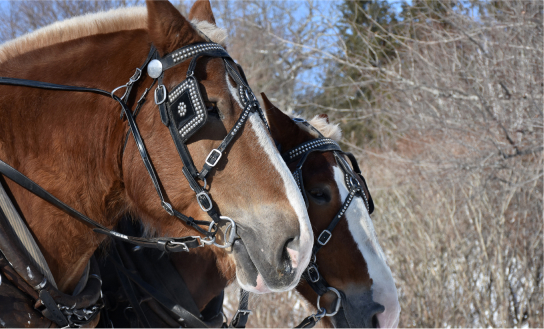
Best Hackamore For Barrel Racing...
.jpg)
Best Barrel Racing Reins Top ...
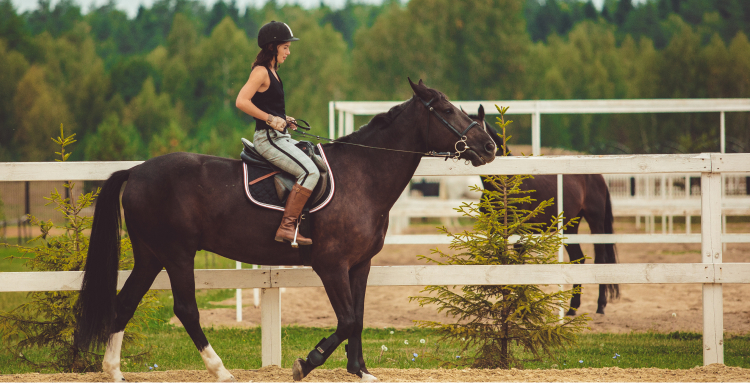
Horse Anatomy And Physiology: Facts ...
.jpg)
Best Stirrups For Ankle Pain - ...
.jpg)
Horse Care Tips and Tricks: ...
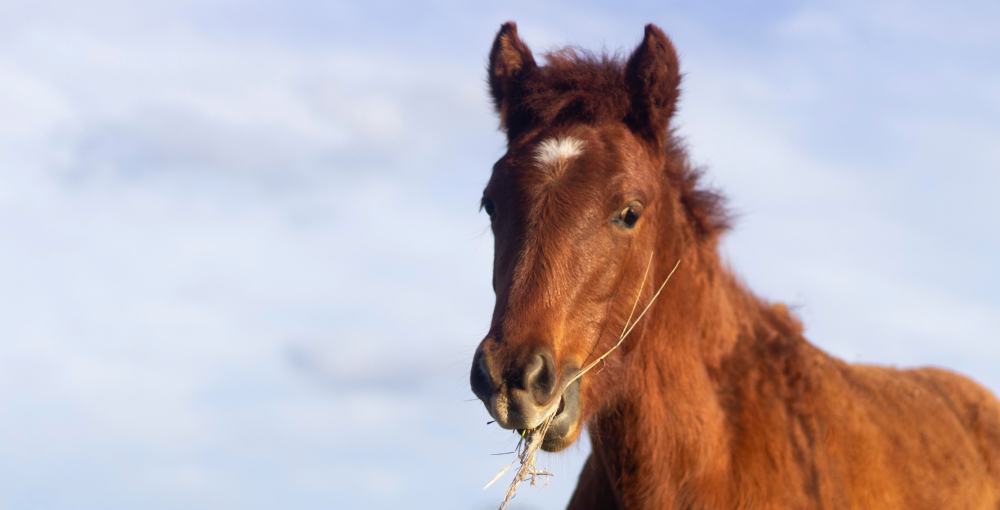
What Do Wild Horses Eat- ...
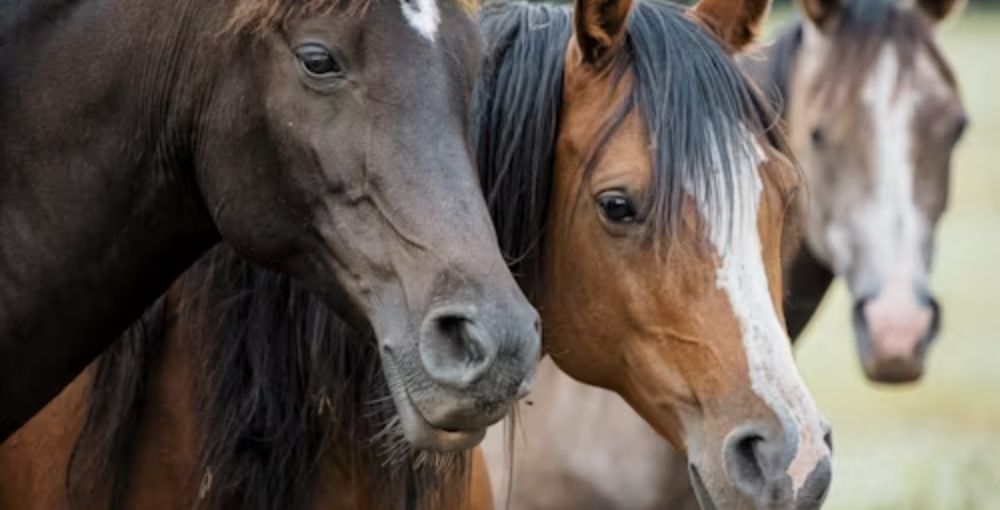
Horse Breeds and Characteristics: How ...
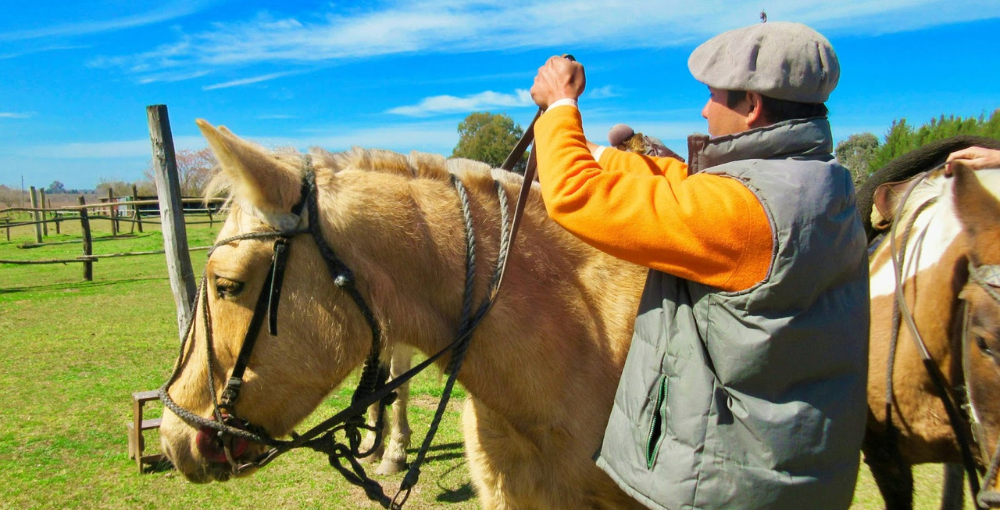
Best Barrel Racing Reins - Top ...

Horse Breeds and Characteristics: How ...
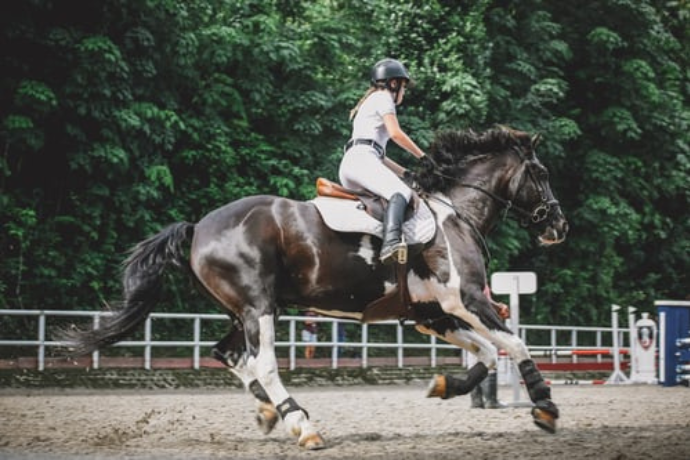
Best Breeches For Curvy Riders...
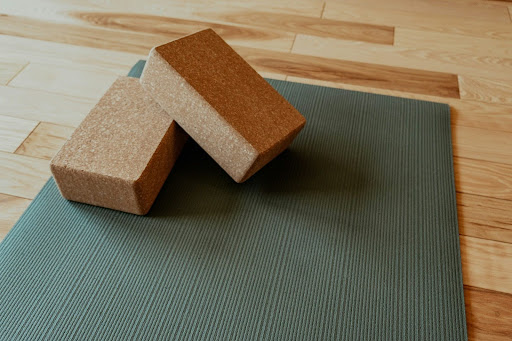
Best Stall Mats For Horses - ...

Best Horse Brushes ( A Thread ...

Best Saddle Rack ( Keep Your ...

Best Bit For Training a ...
.jpg)
10 Morgan Horse Show Held ...
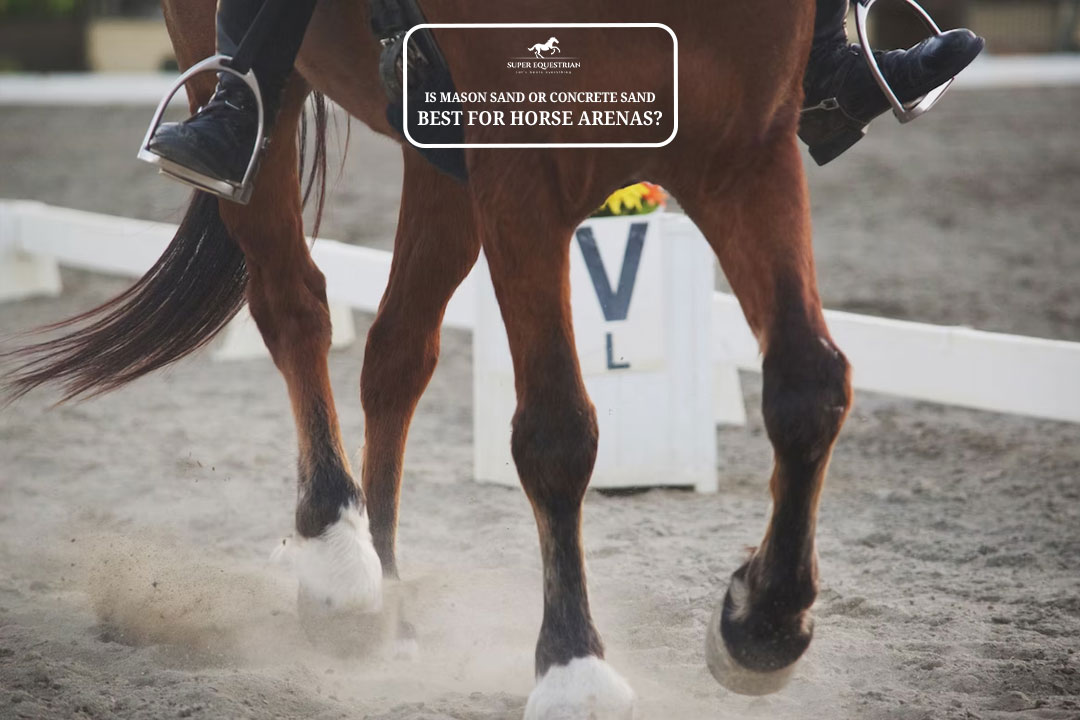
Is Mason Sand Or Concrete ...
.jpg)
Best Girth For Your Horse ...
.jpg)
Ranch Cutter vs Cowhorse Saddle? ...
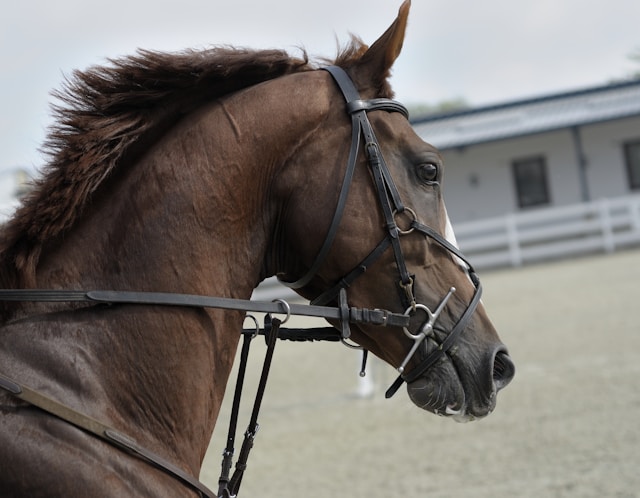
Types of Horse Bit and ...
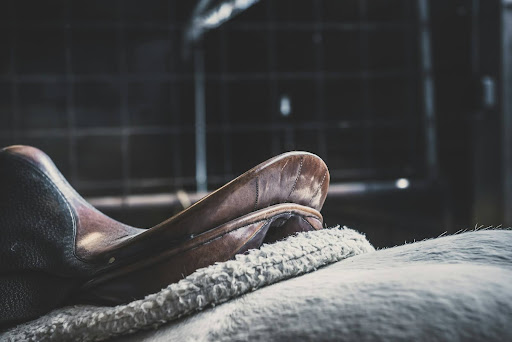
Is Hilason a Good Saddle ...
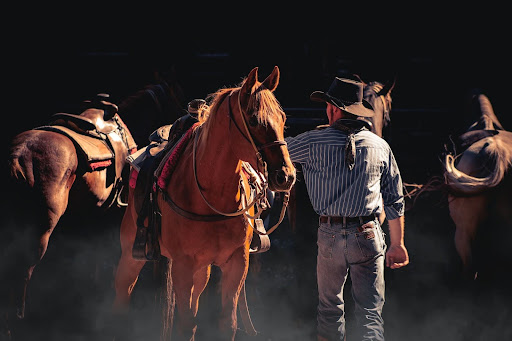
How to choose a bit ...
.jpg)
Best Salt Blocks For Horses...
.jpg)
Types of Horse Brushes (Equine ...
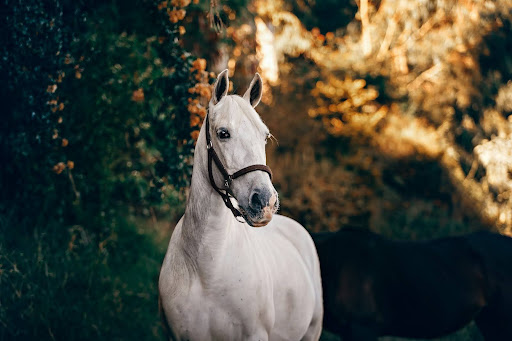
How To Get a Horse ...
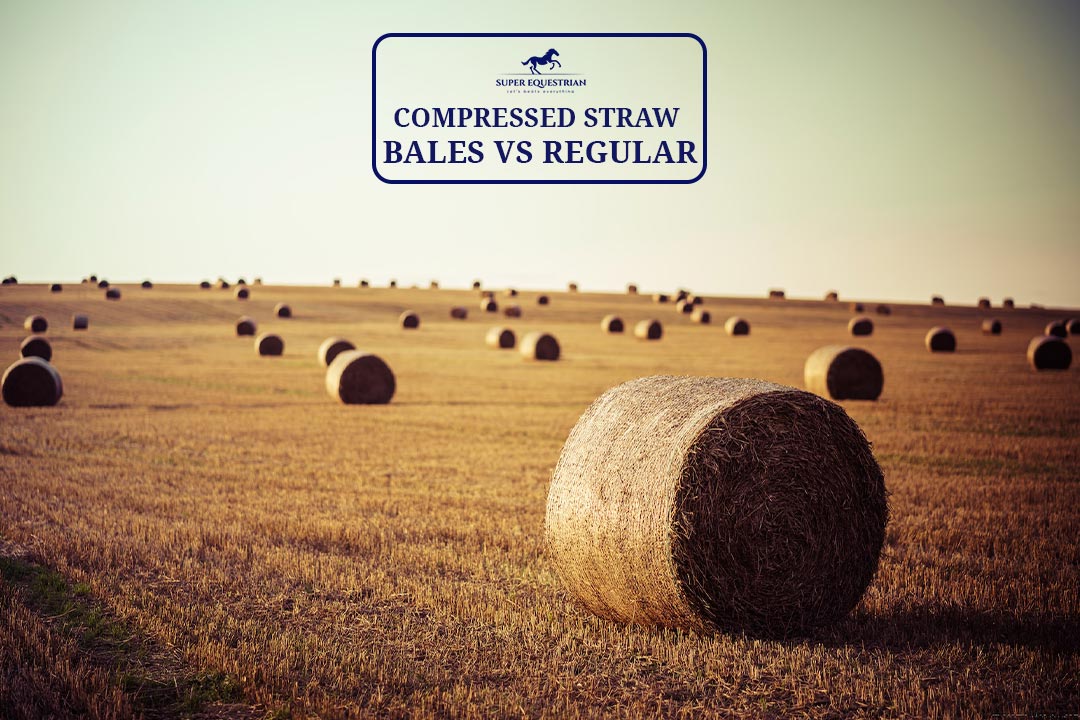
Compressed Straw Bales Vs Regular? ...
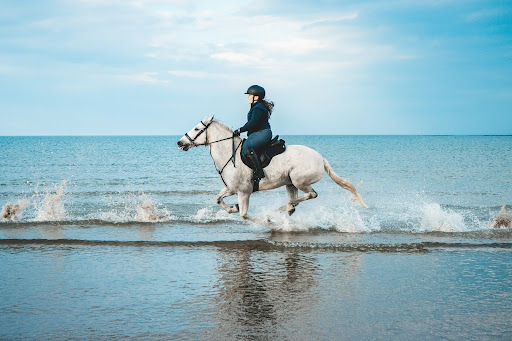
Horse Riding Lessons For Intermediate ...

Horse Trailer Brands To Avoid...

Strawberry Roan vs Red Roan? ...
.jpg)
Gelding vs Stallion...
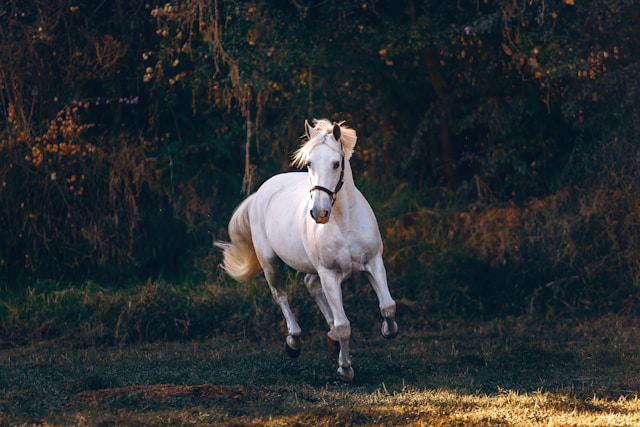
Why Does a Horse Whinny? ...
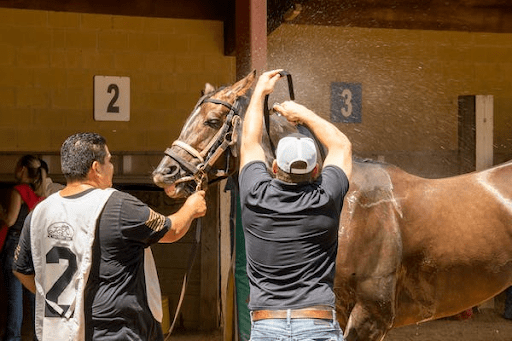
How to Clean a Rusty ...
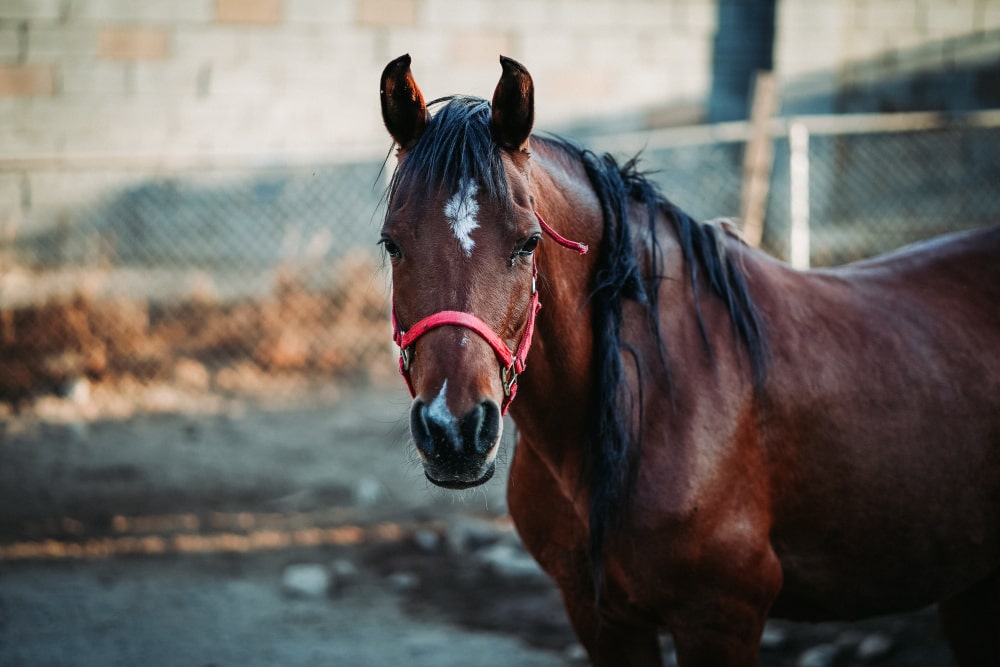
Why Do Horses Foam at ...
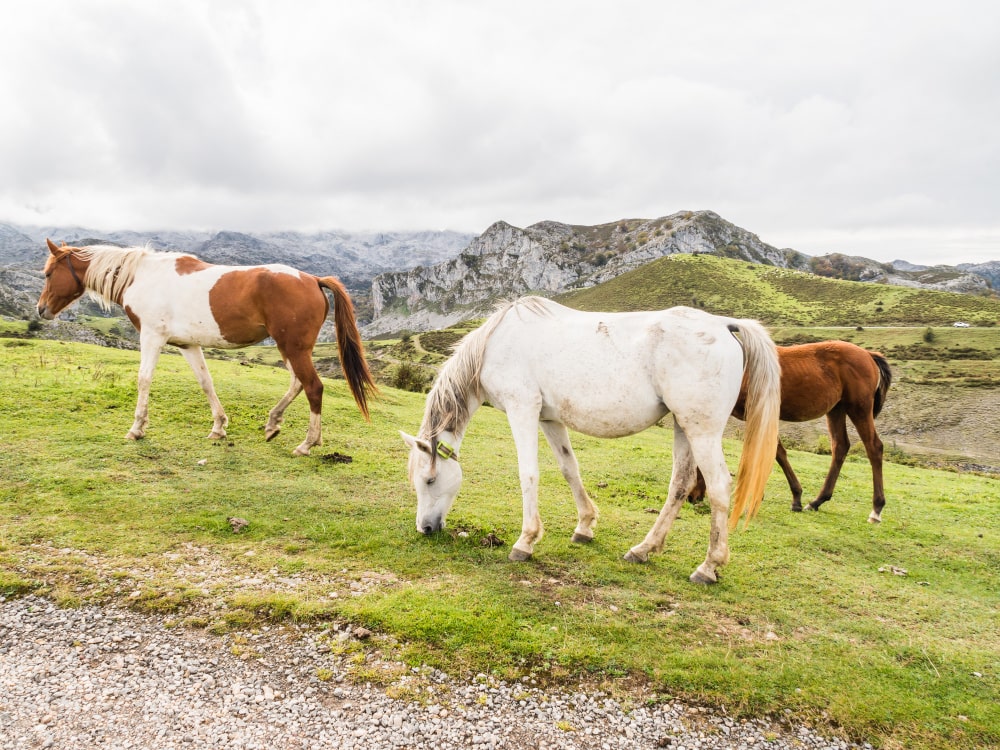
Why Do Horses Bob Their ...

Nutrition Unveiled: Triple Crown Senior ...
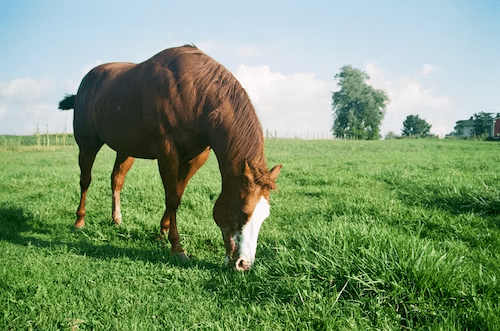
Pasture Pro Vs. Grazon: Horse-...
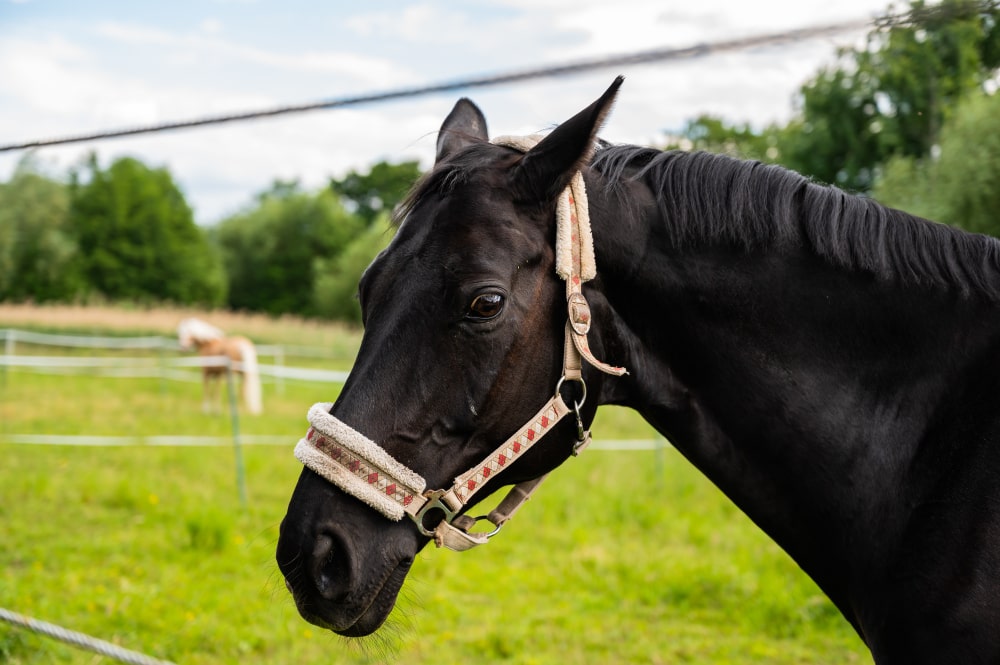
Dutch Gag Vs. Pelham: Bits ...
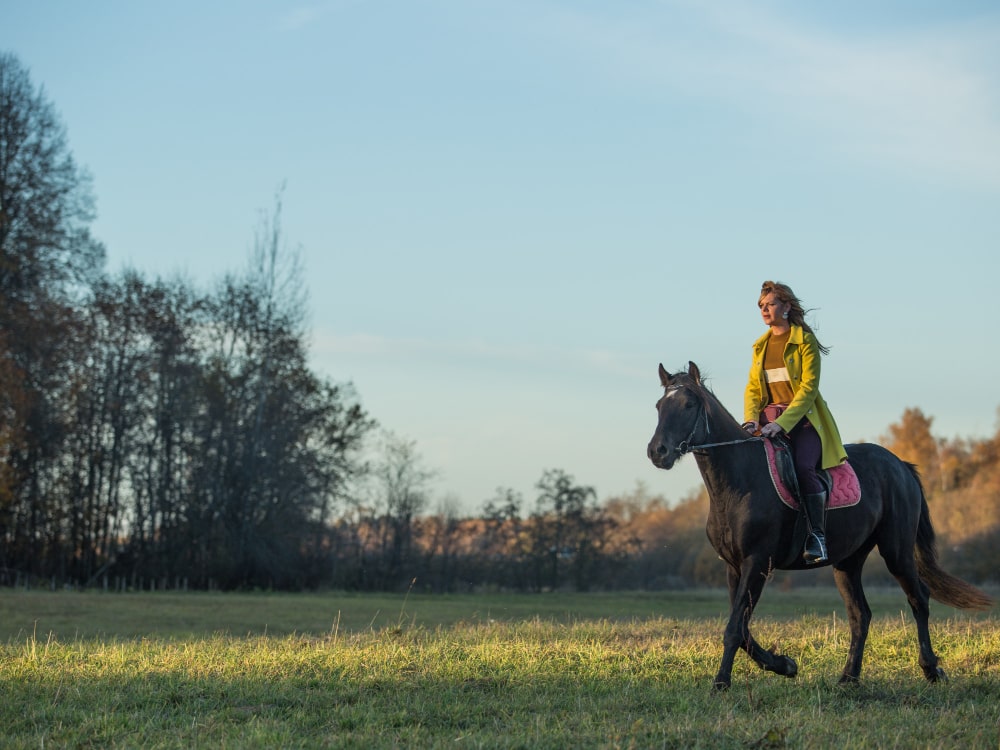
Walking Horse vs Racking Horse: ...
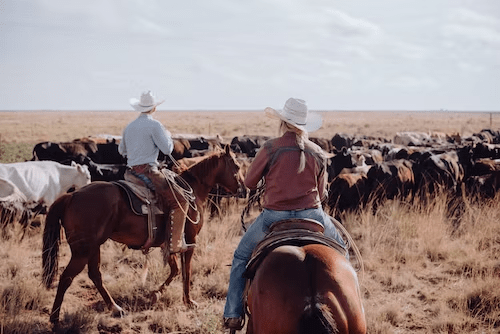
Wade vs Association Saddle: Your ...
.jpg)
Step Up vs Ramp Horse ...

Bosal vs Hackamore: A Head-...
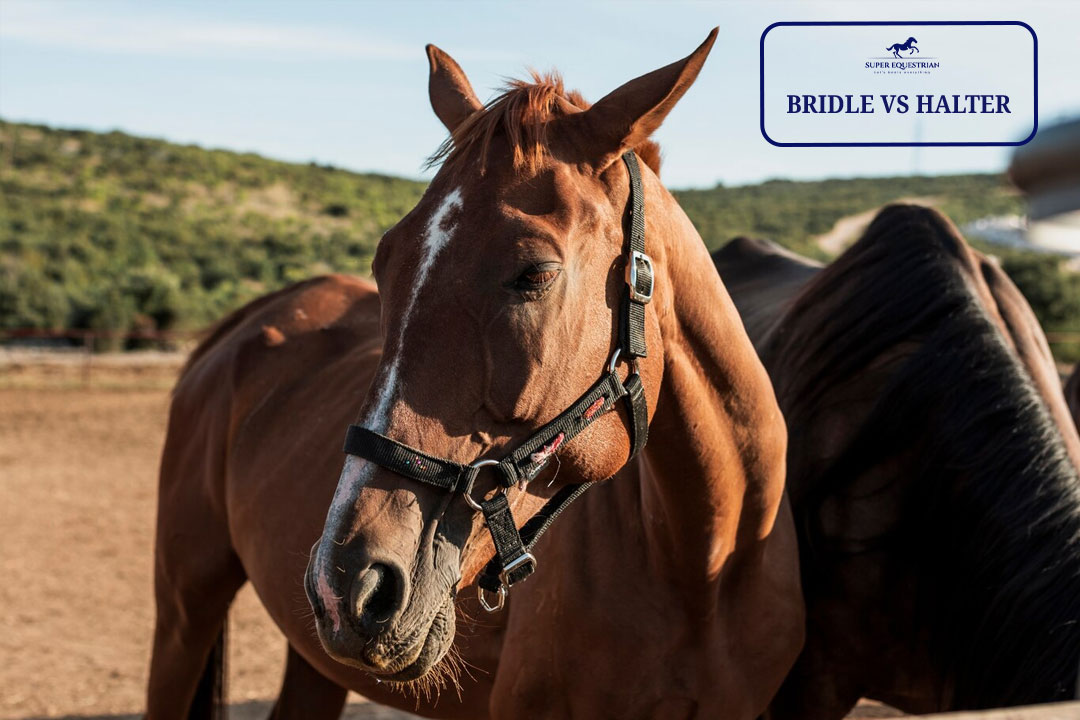
Bridle Vs Halter: Which One ...

Paddock Boots Vs Riding Boots: ...

Shadow Horse Trailer Problems: Causes, ...
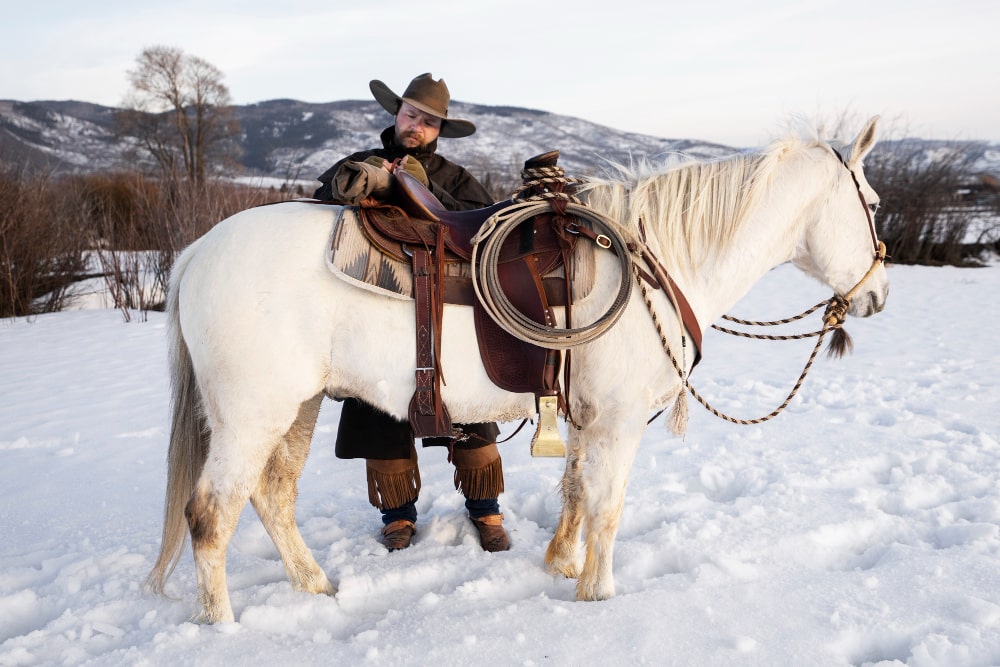
Are Billy Cook Saddles Good - ...

Let's Start at the ...
Benefits of Beet Pulp for ...
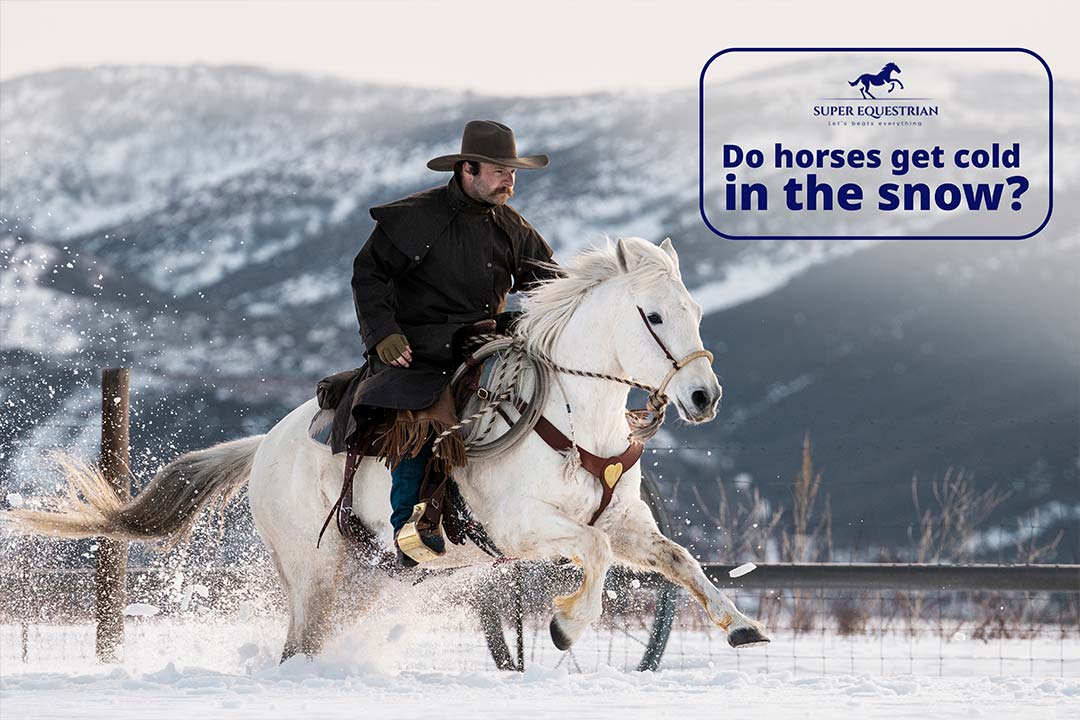
Do horses get cold in ...
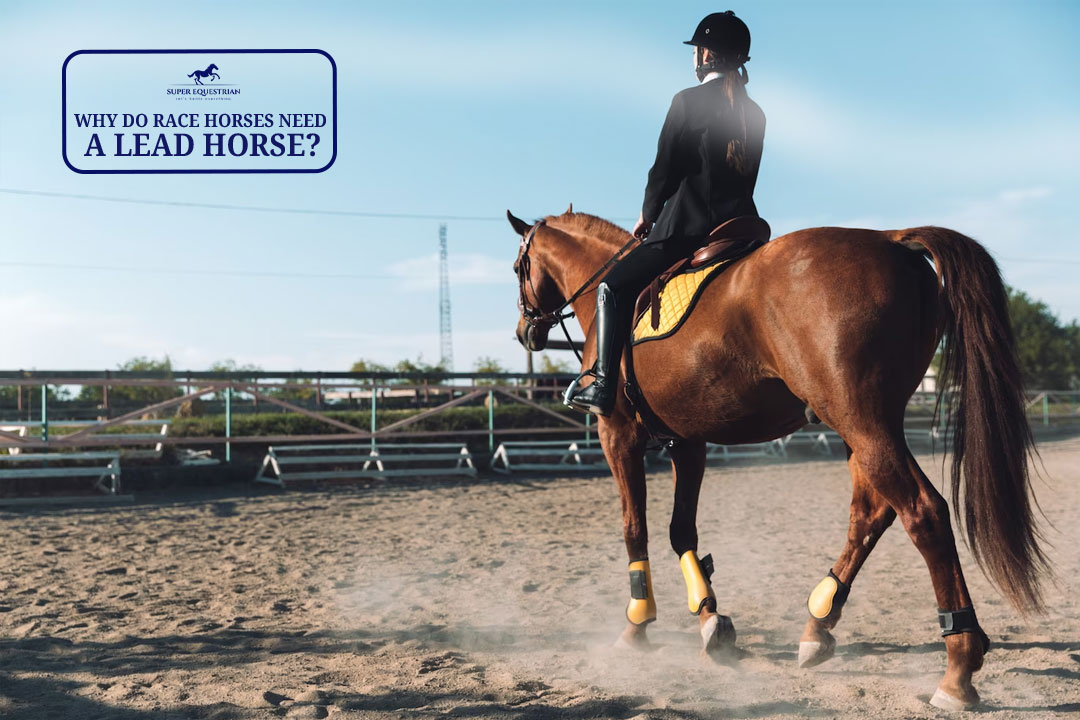
Why Do Race Horses Need ...
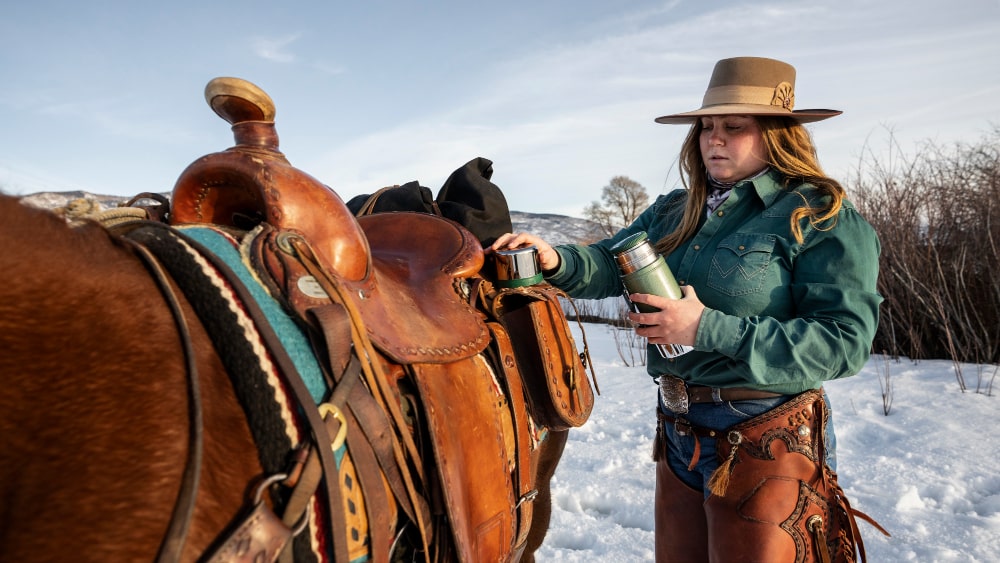
Ranch Saddle vs. Roping Saddle: ...

Round Pen vs Square Pen ...

Must Have Horse Trailer Accessories: ...
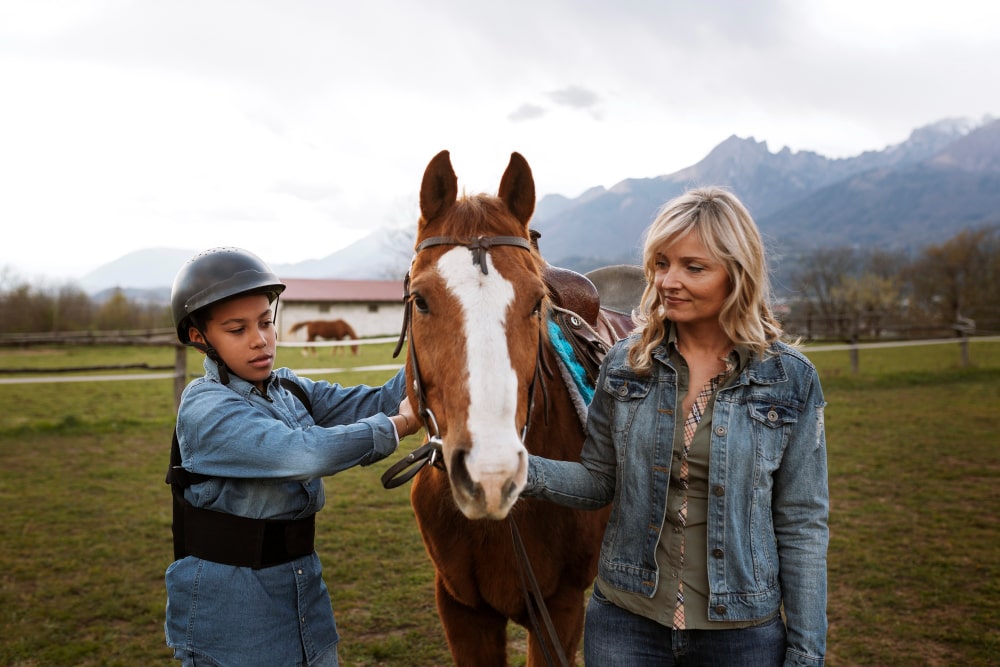
Is MIPS Worth for Equestrian?...
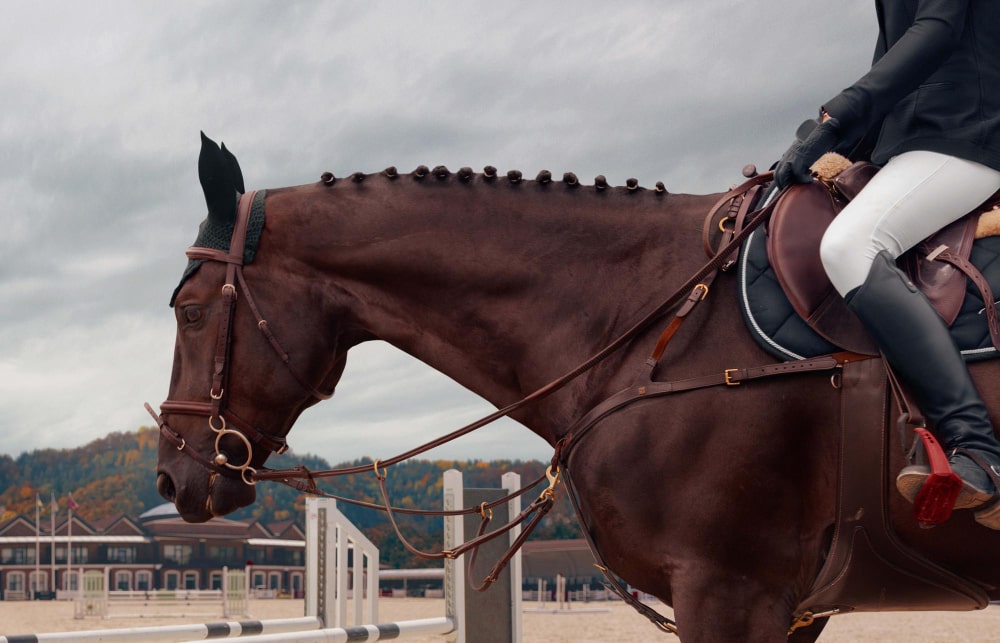
Natural Horsemanship vs Positive Reinforcement: ...

How to Mount a Horse ...
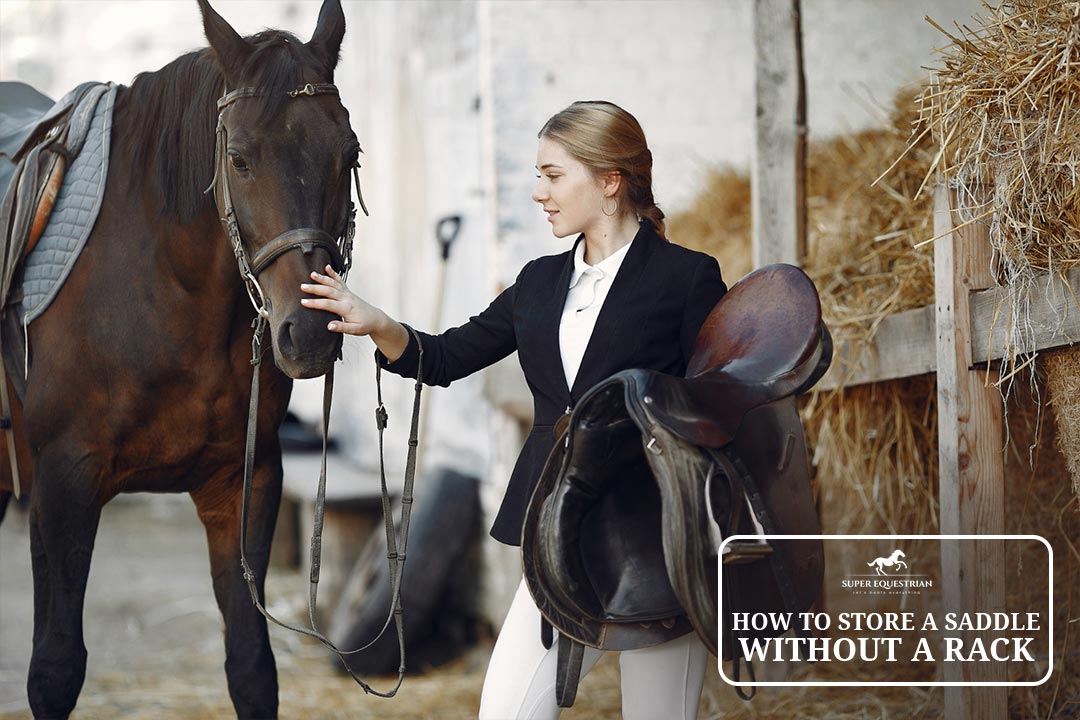
How to Store a Saddle ...
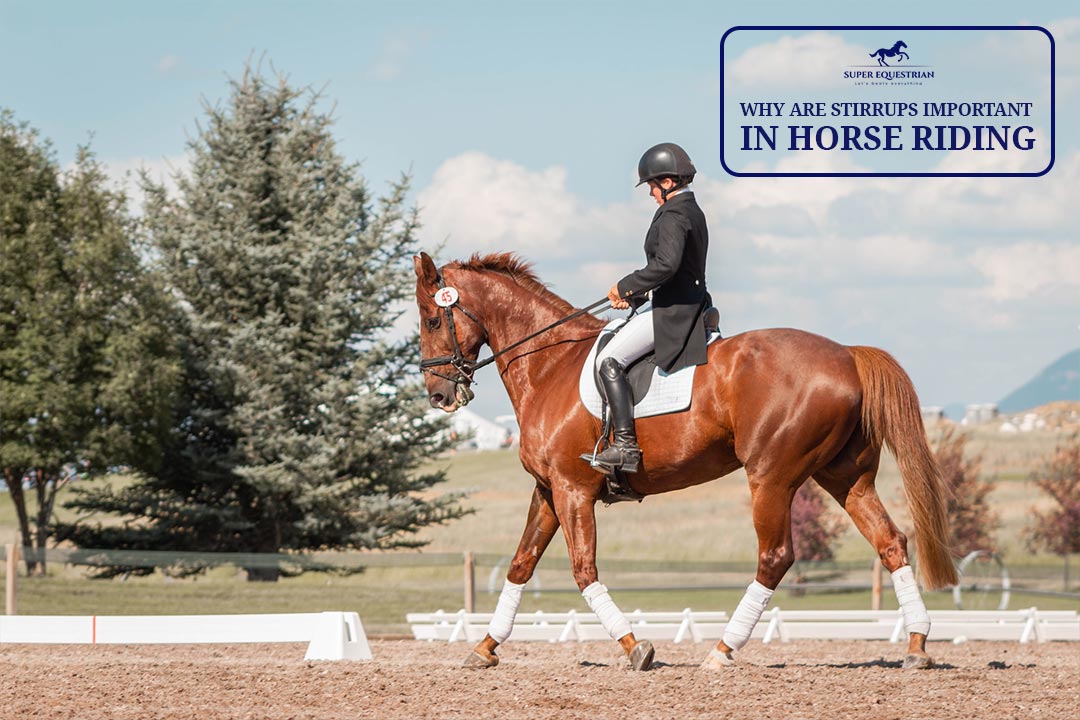
Why are Stirrups Important in ...
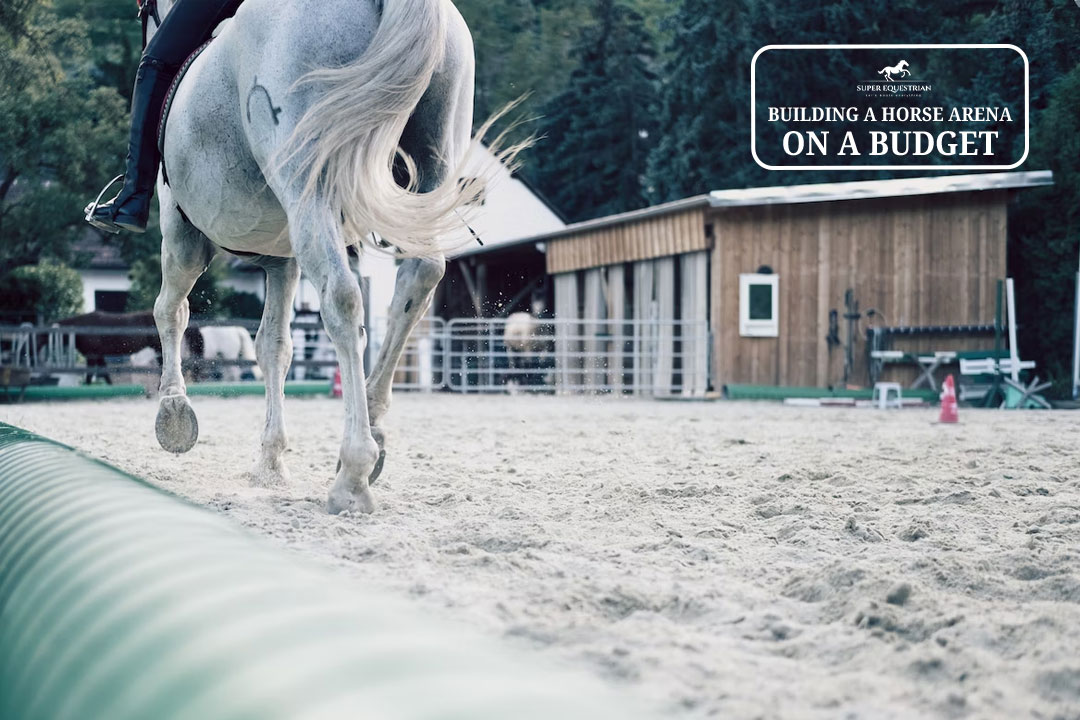
Building a Horse Arena on ...

How to Make Horse Treats ...

Order of Grooming a Horse...

Horse Riding Lessons Plan: The ...

Horse Trailer Roof Replacement and ...
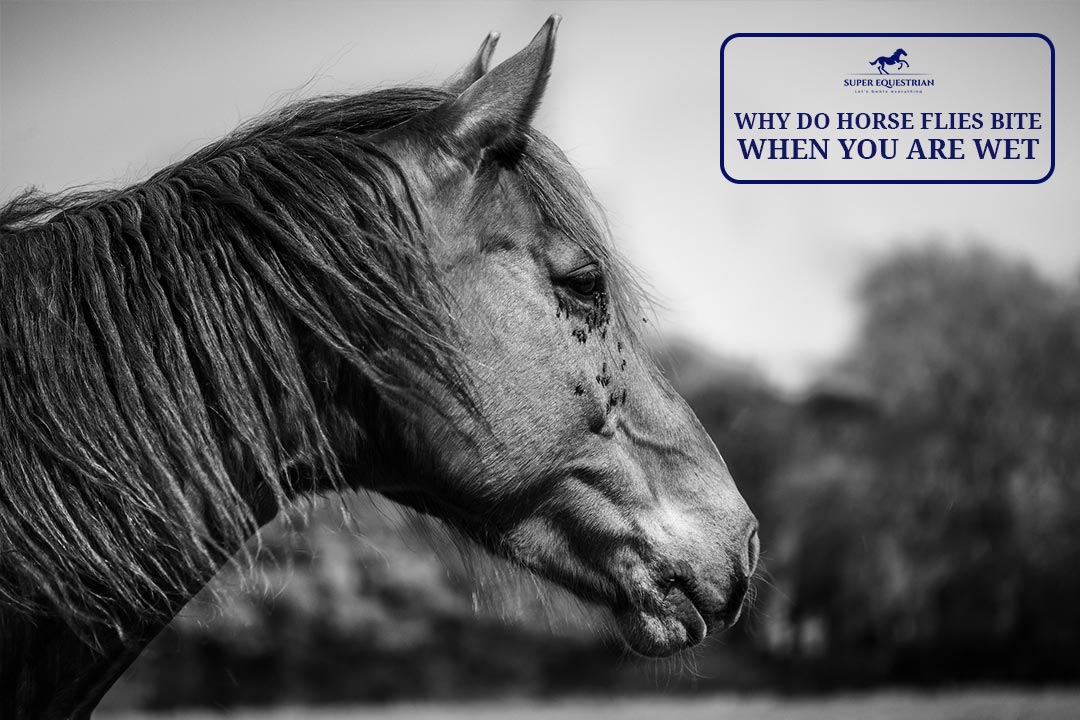
Why Do Horse Flies Bite ...
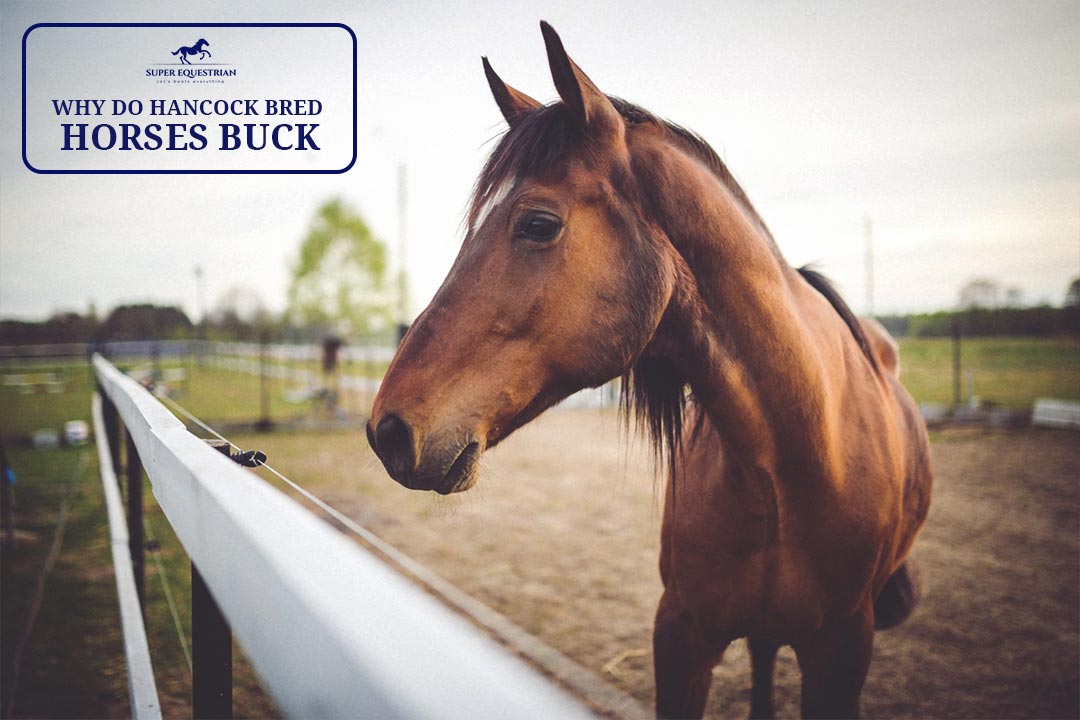
Why Do Hancock Bred Horses ...

Quarter Horse Bloodlines to Avoid...
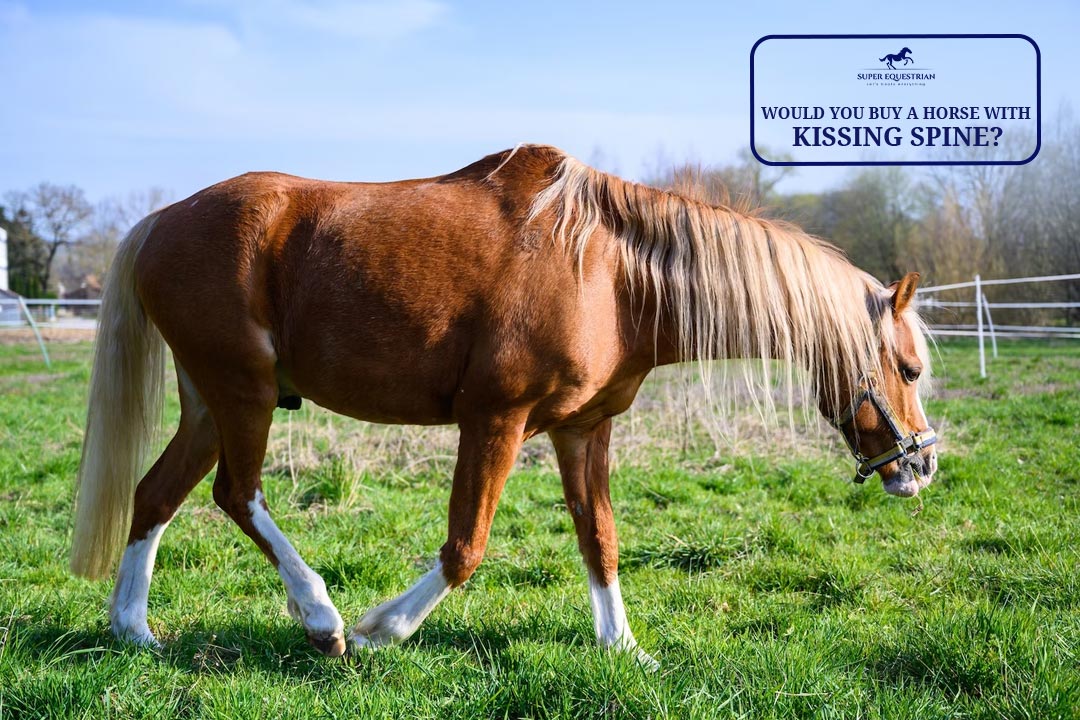
Would You Buy a Horse ...
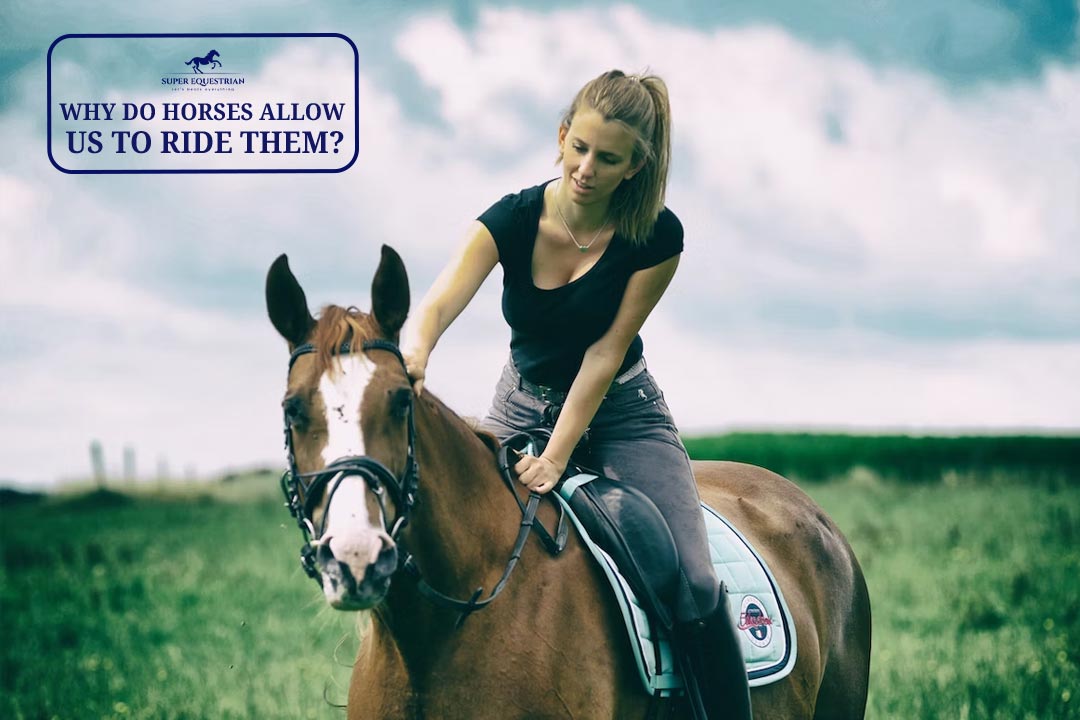
Why Do Horses Allow Us ...
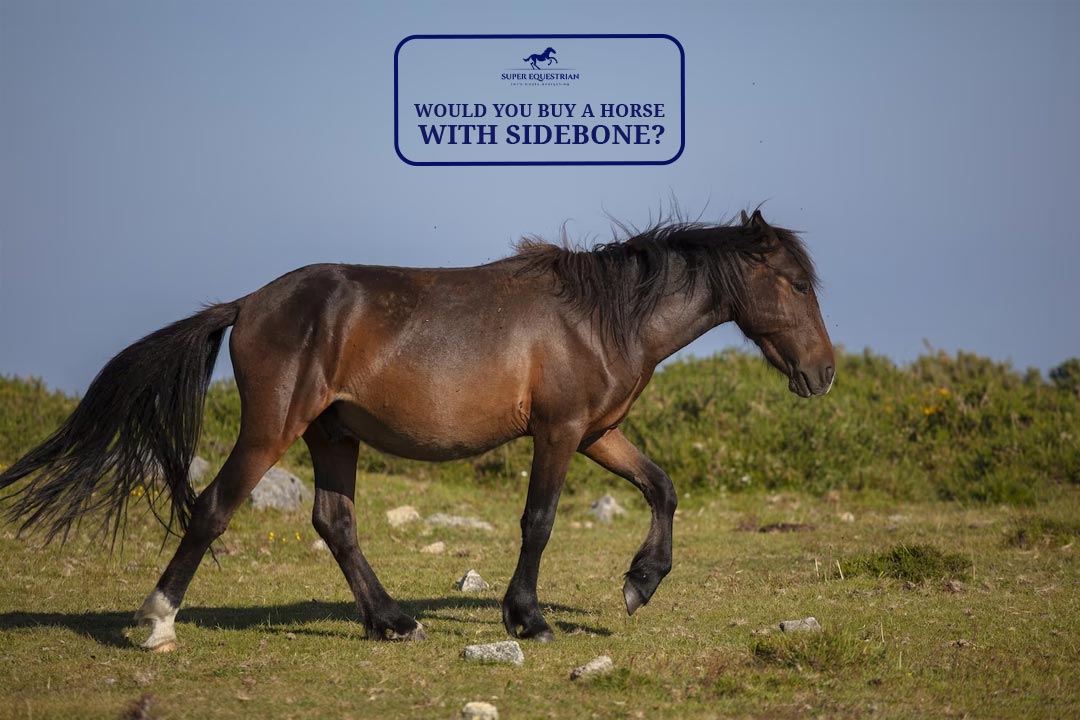
Would you buy a horse ...

Why Are Klapper Bits So ...
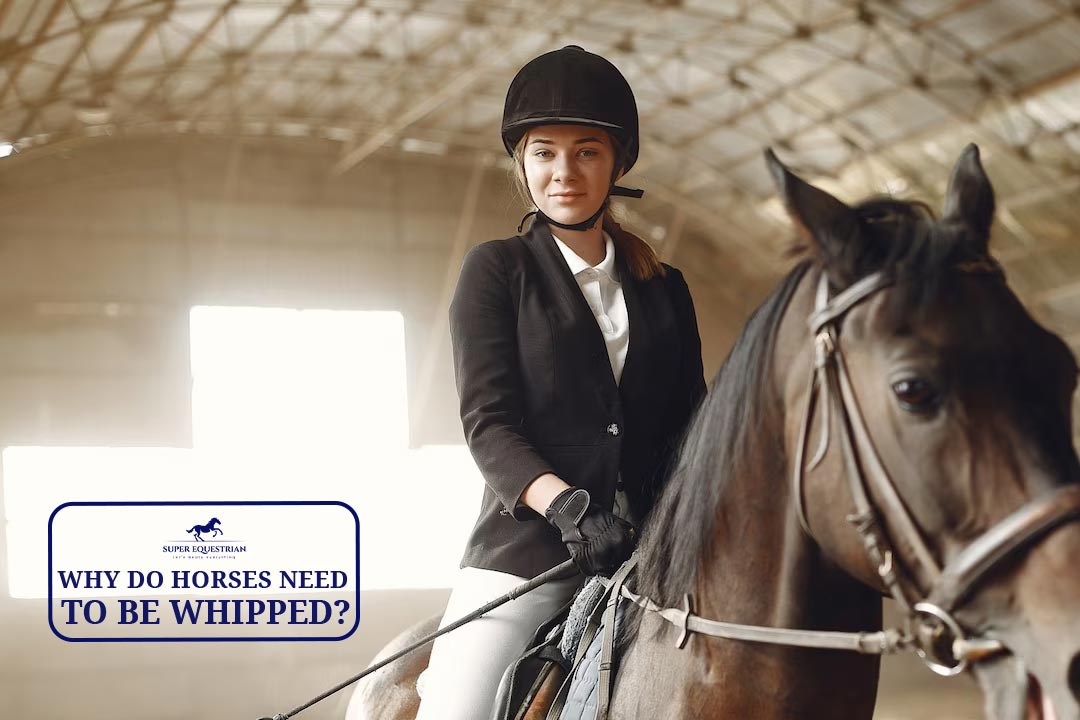
Why do horses need to ...

Why do you mount a ...
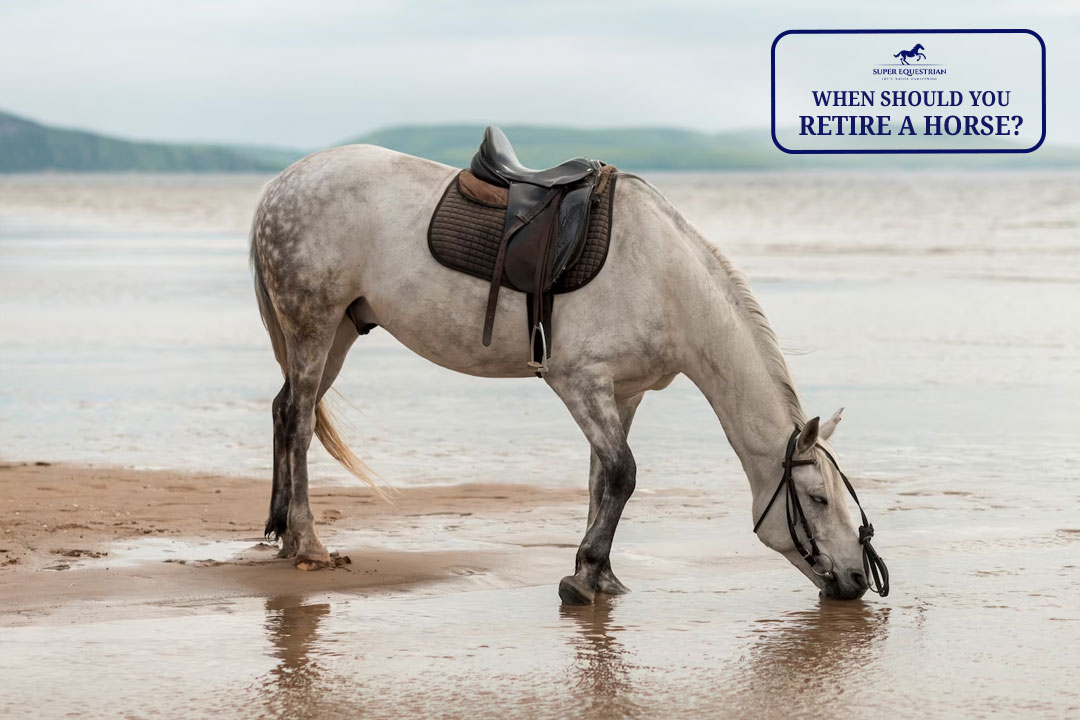
When Should You Retire A ...

Why Are Horses Whipped When ...
.jpg)
Why Do Horses Have A ...
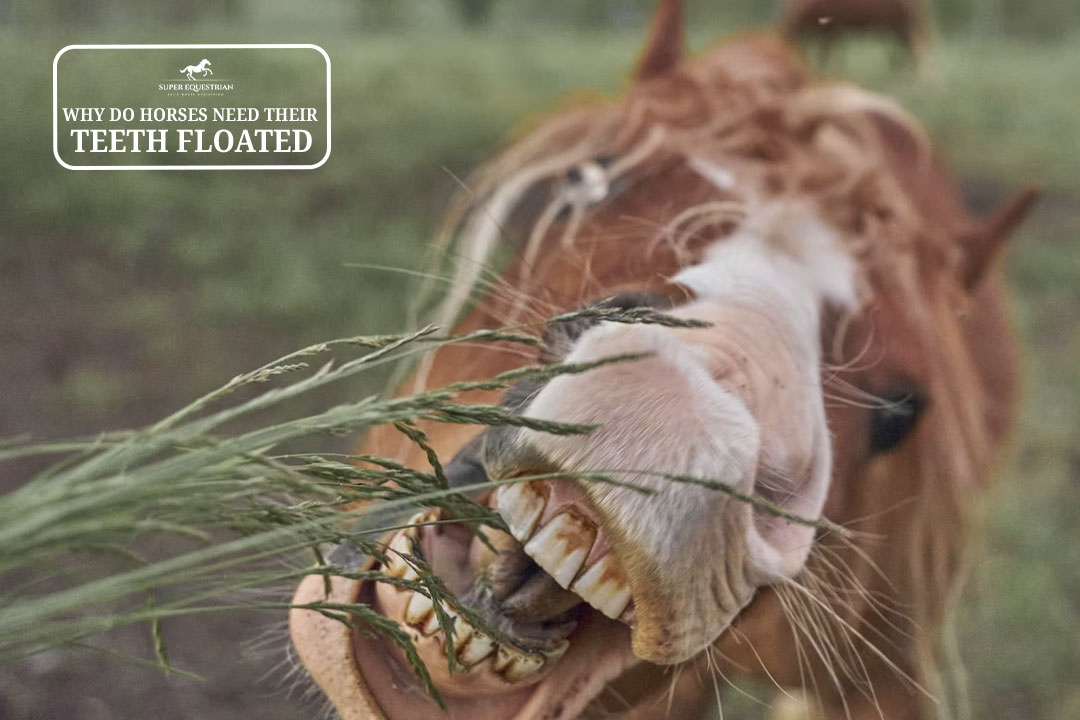
Why Do Horses Need Their ...

What To Do If Horse ...

What To Do If A ...

Why do horses groom each ...
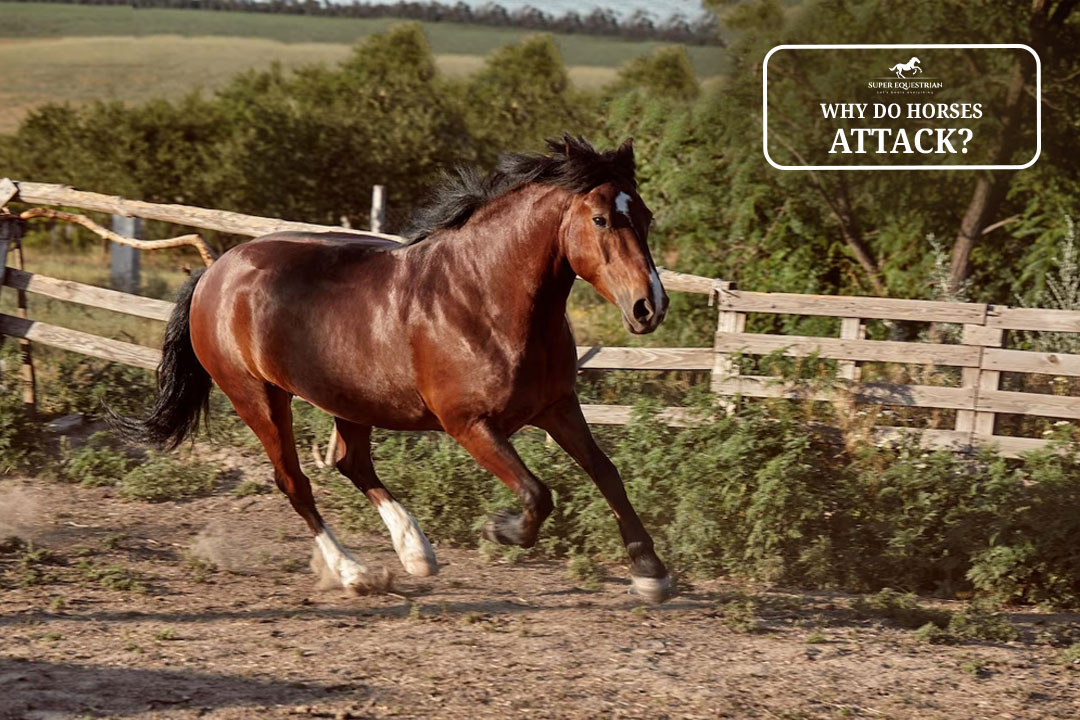
Why do horses attack...

Should I Use a Martingale ...

How to fit bell boots ...
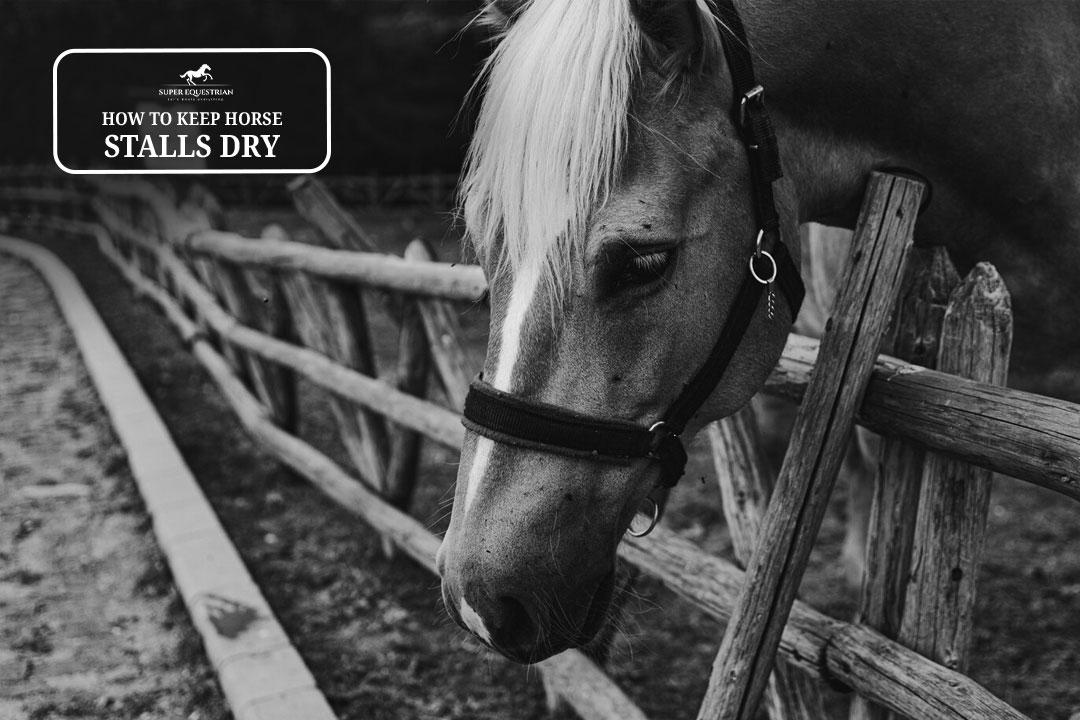
How To Keep Horse Stalls ...
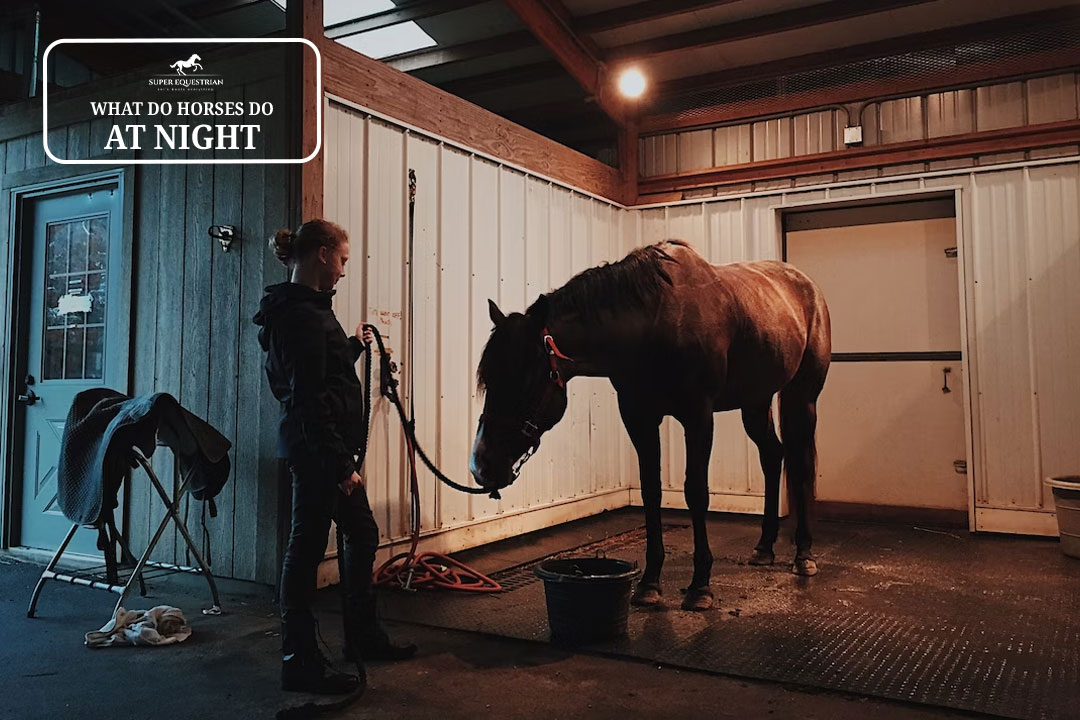
What Do Horses Do At ...
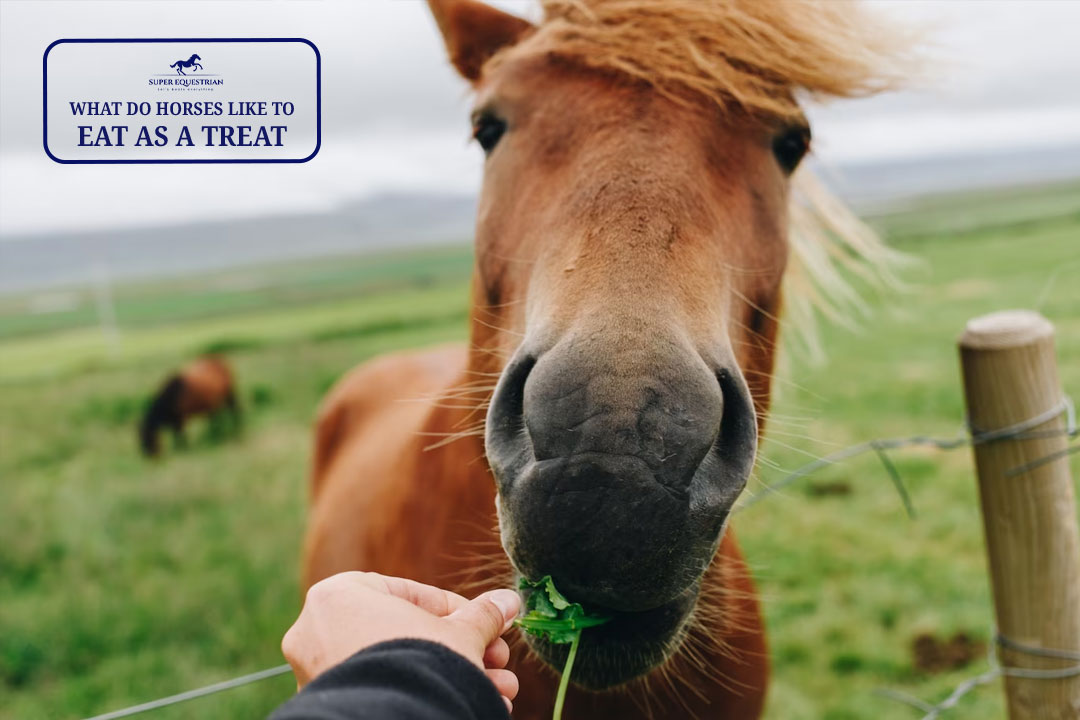
What do horses like to ...

Why do wild horses get ...
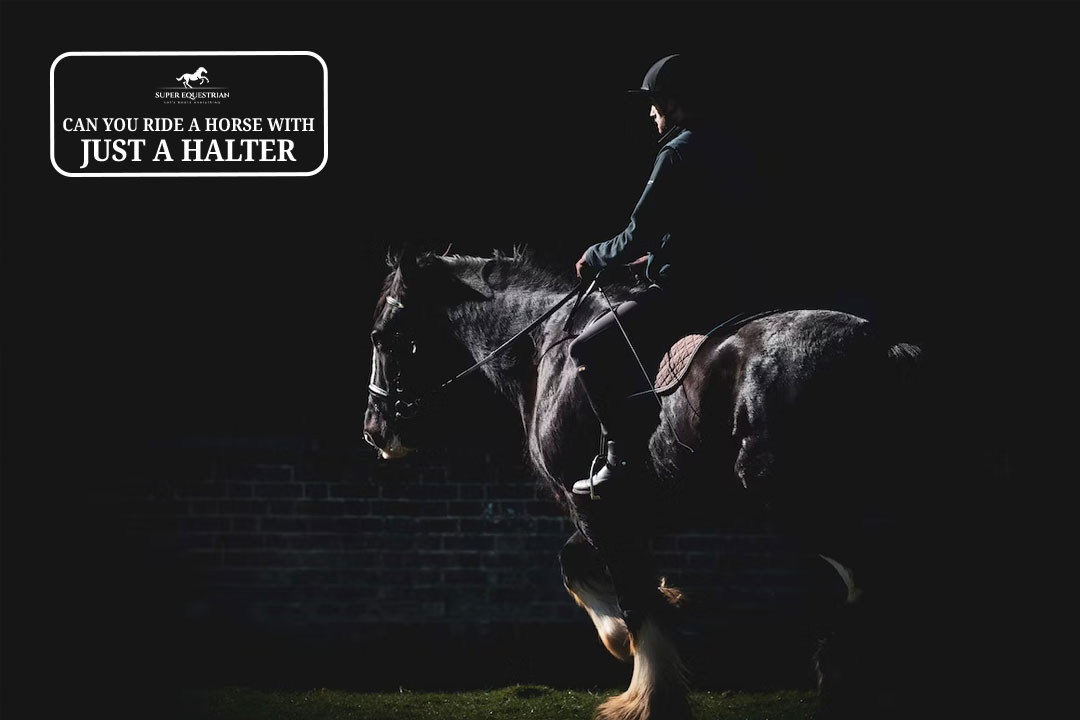
Can you ride a horse ...
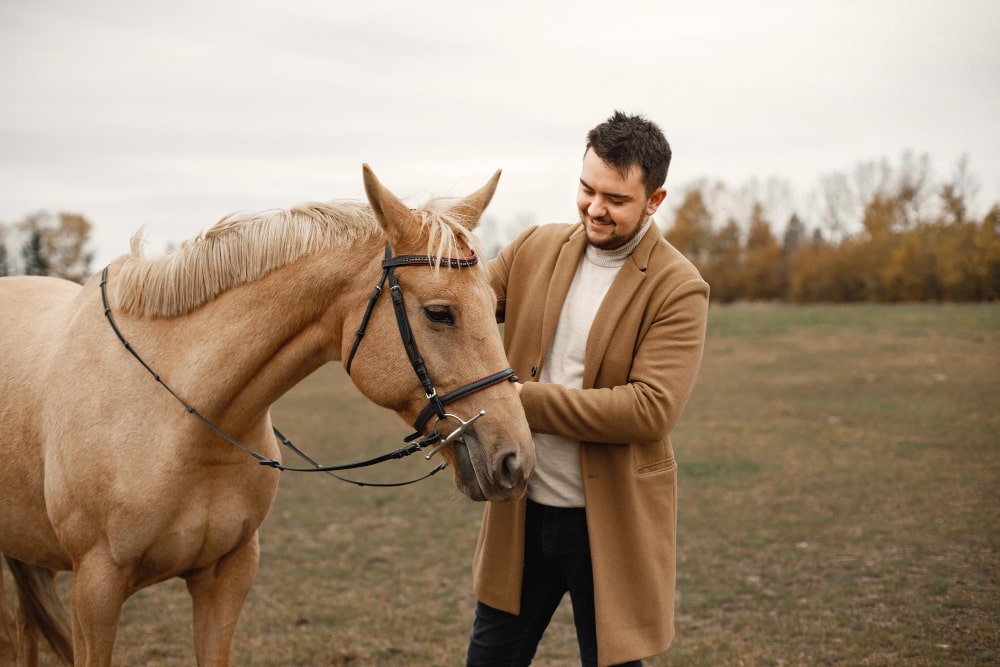
Are horses protective of their ...

Why racking horses are popular ...
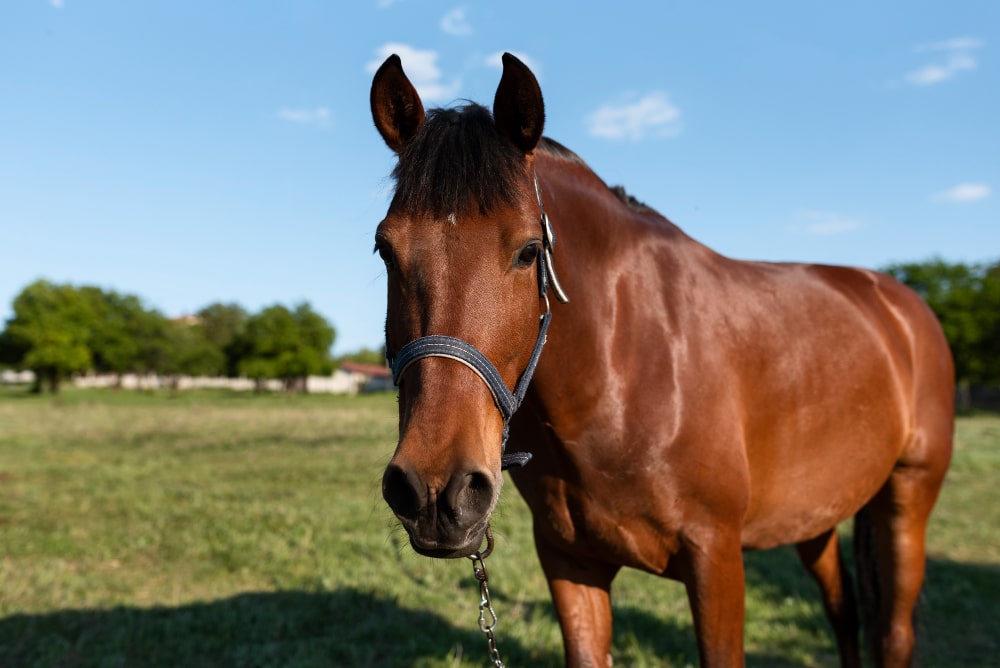
How To Keep Horses Off ...
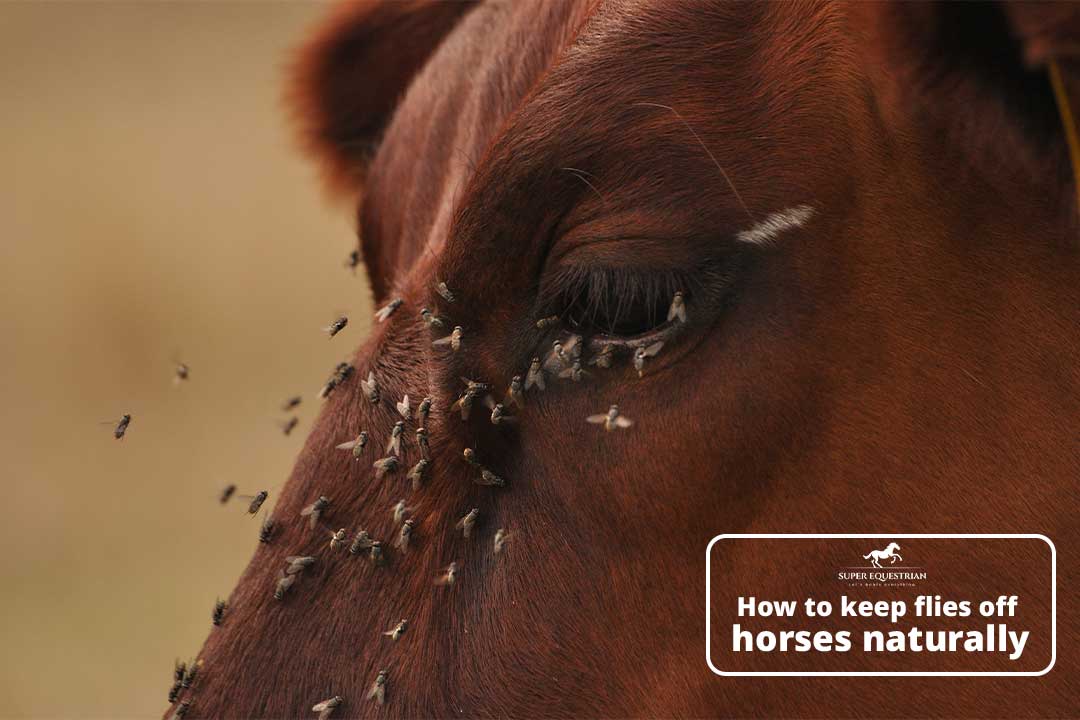
How to Keep Flies Off ...

Pros and Cons Using A ...
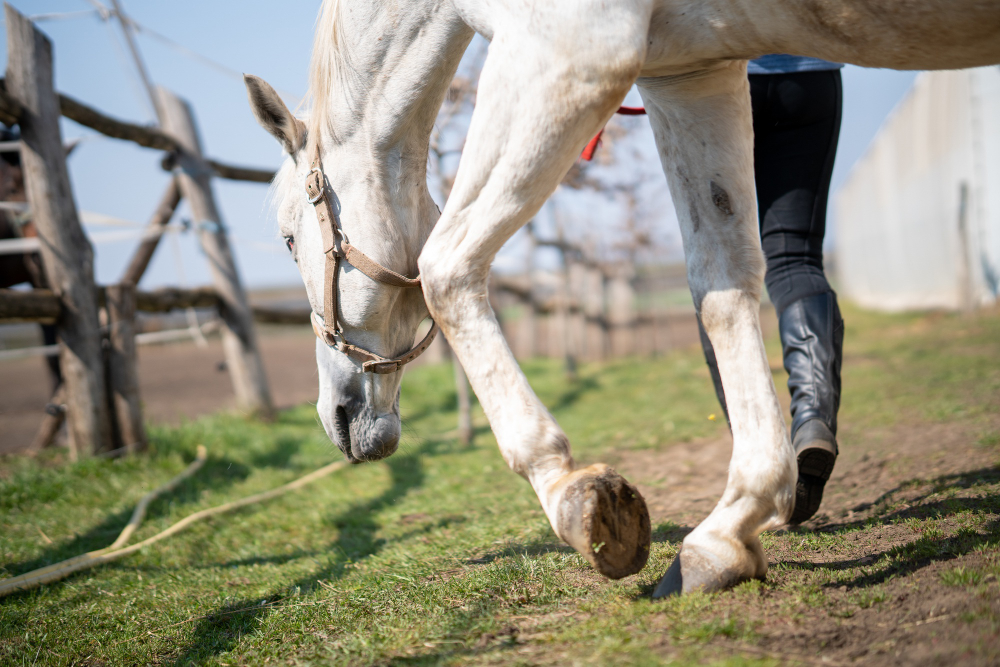
Can you ride a horse ...

Why are Corriente saddles so ...
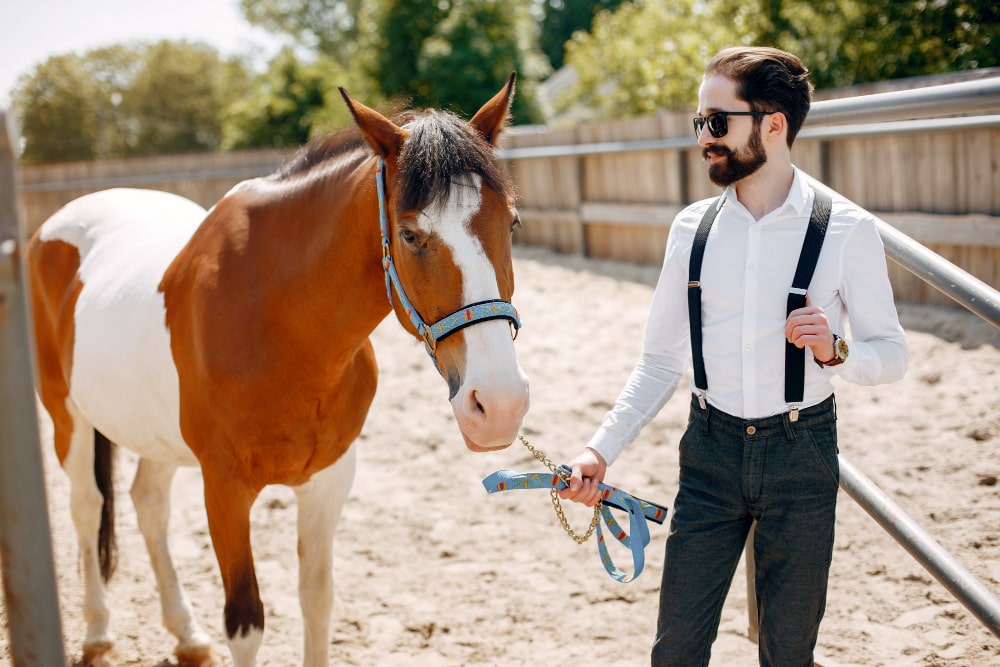
Pros and cons of equine ...
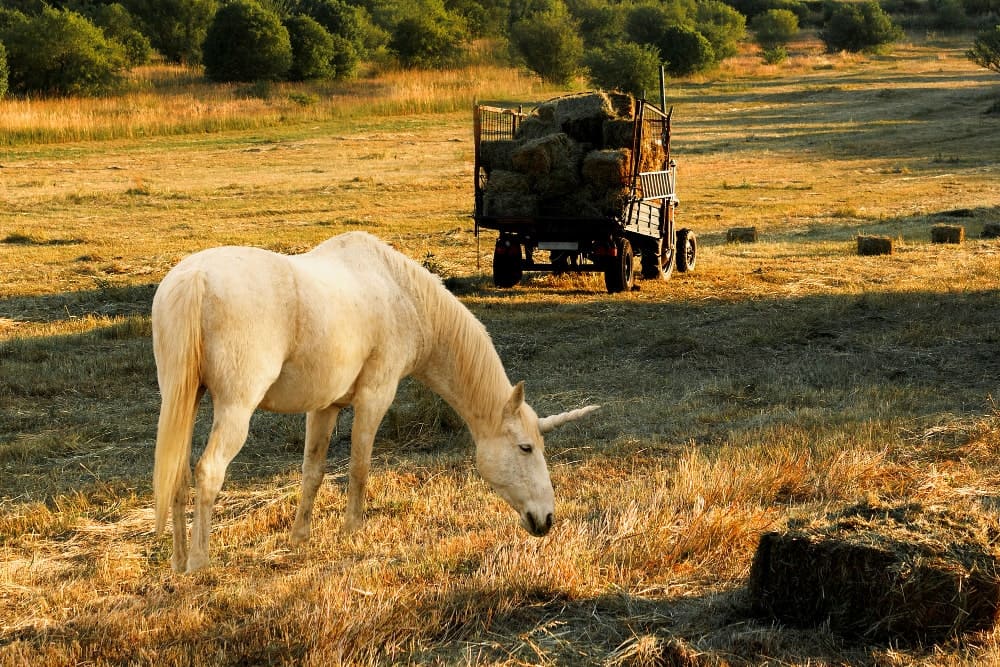
How Long After Mowing Can ...

How to Care for a ...
.jpg)
Why Do Horses Wear Blinders: ...
.jpg)
How to fit an exercise ...

Why is my horse bucking ...
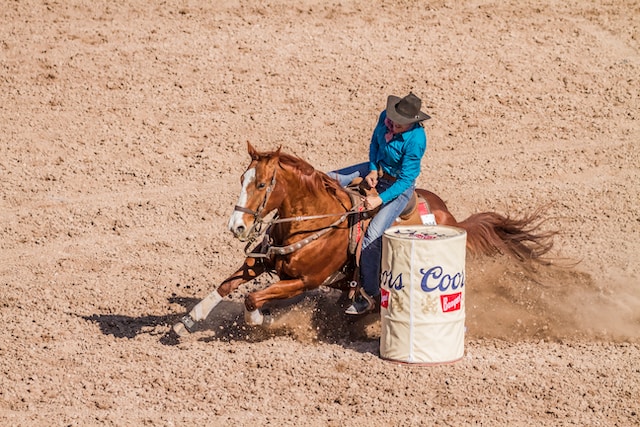
What causes a horse to ...

How to Stop a Horse ...
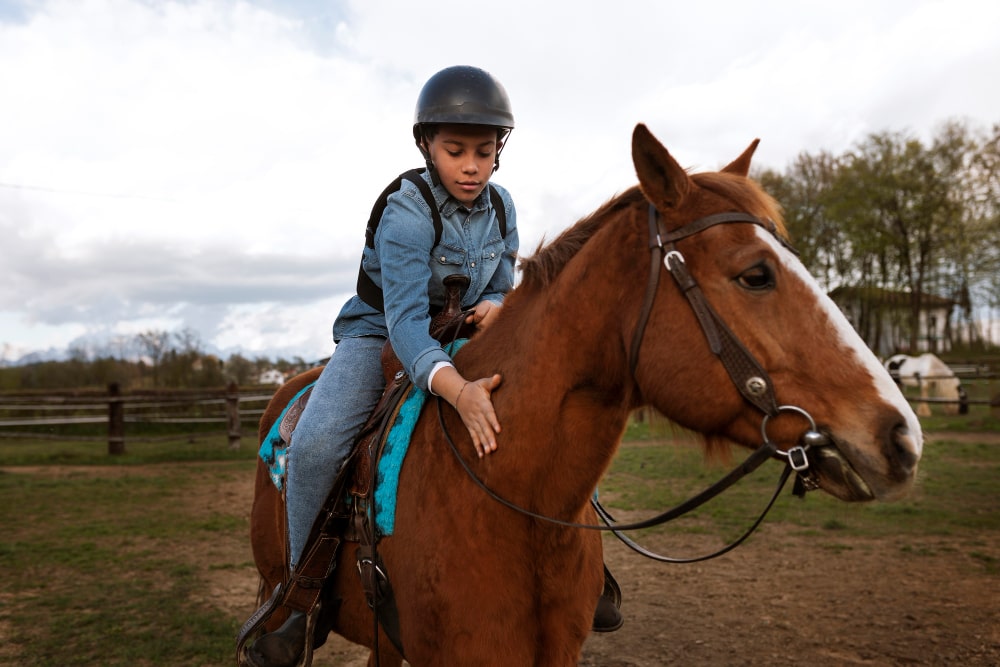
Why Is My Horse Bunny ...
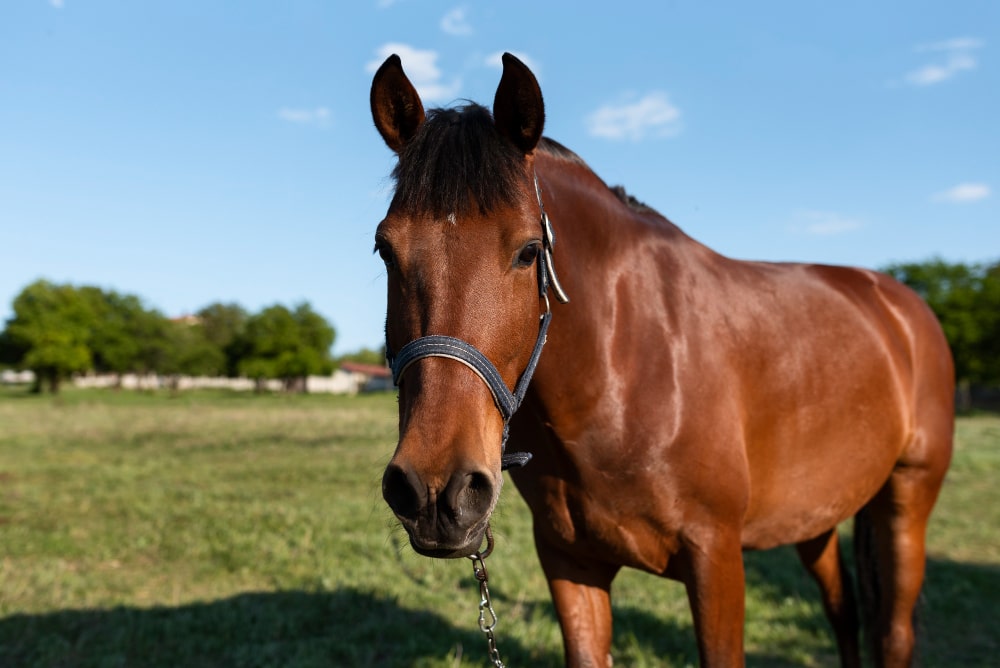
How To Improve Pasture For ...
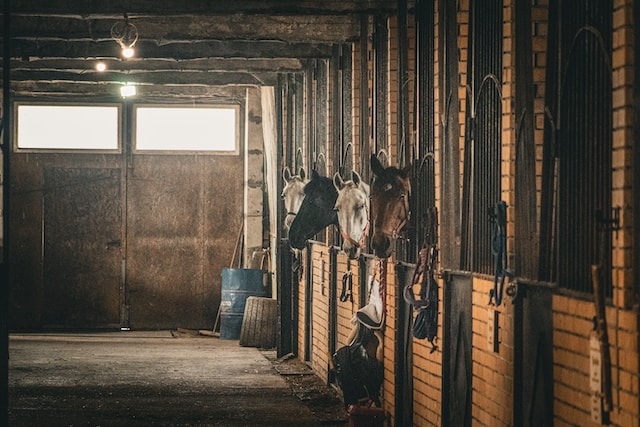
How to get the smell ...

Can you add ramp to ...

What Is The Temperament Of ...
.jpg)
Why Is Friesian Horse Hair ...
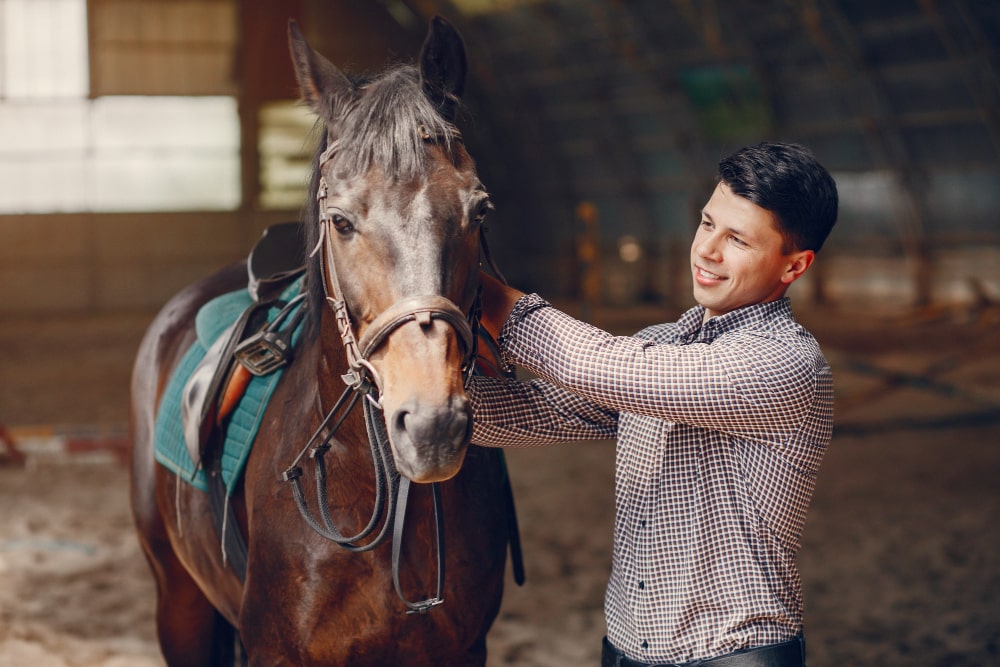
Why is my horse testing ...
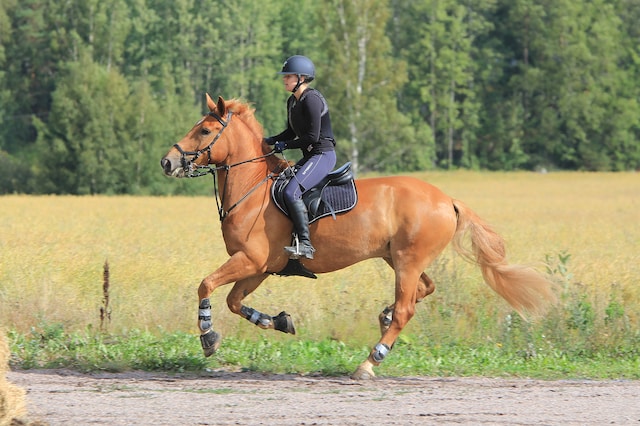
How often you should take ...
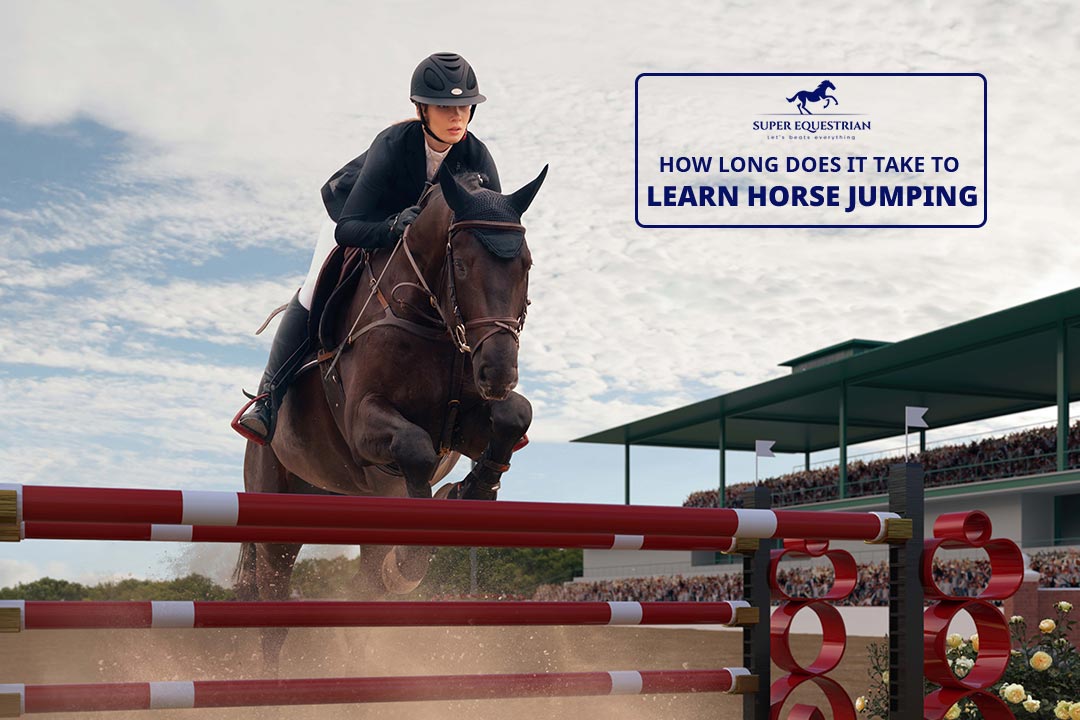
How long does it take ...
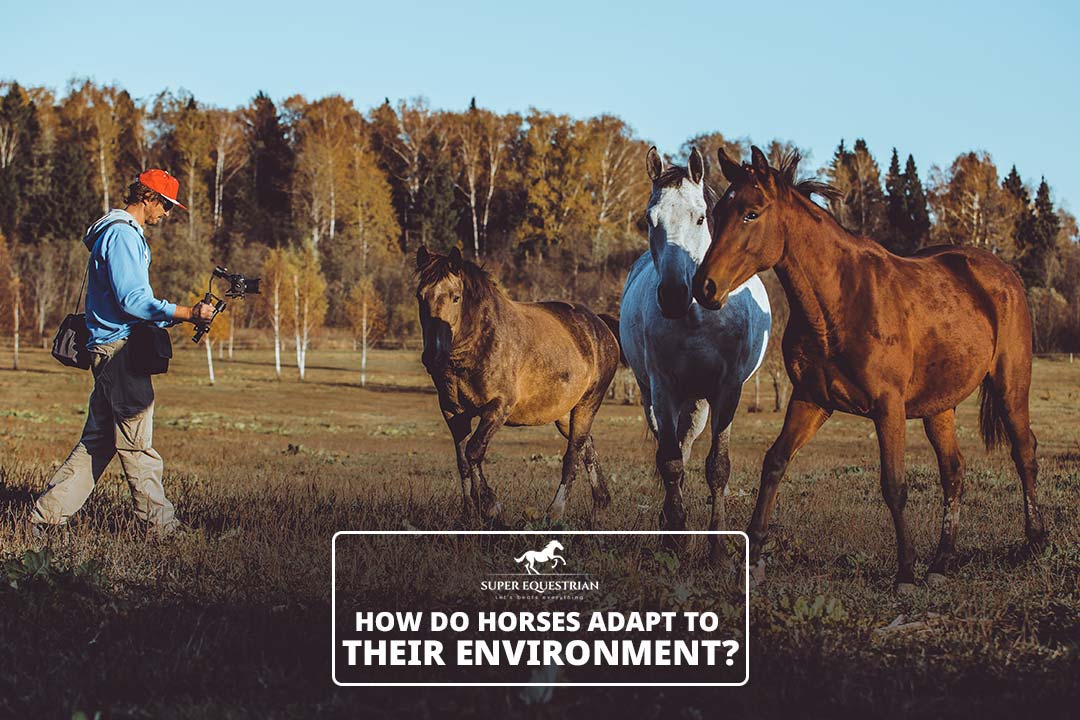
How do horses adapt to ...

How To Prepare For A ...
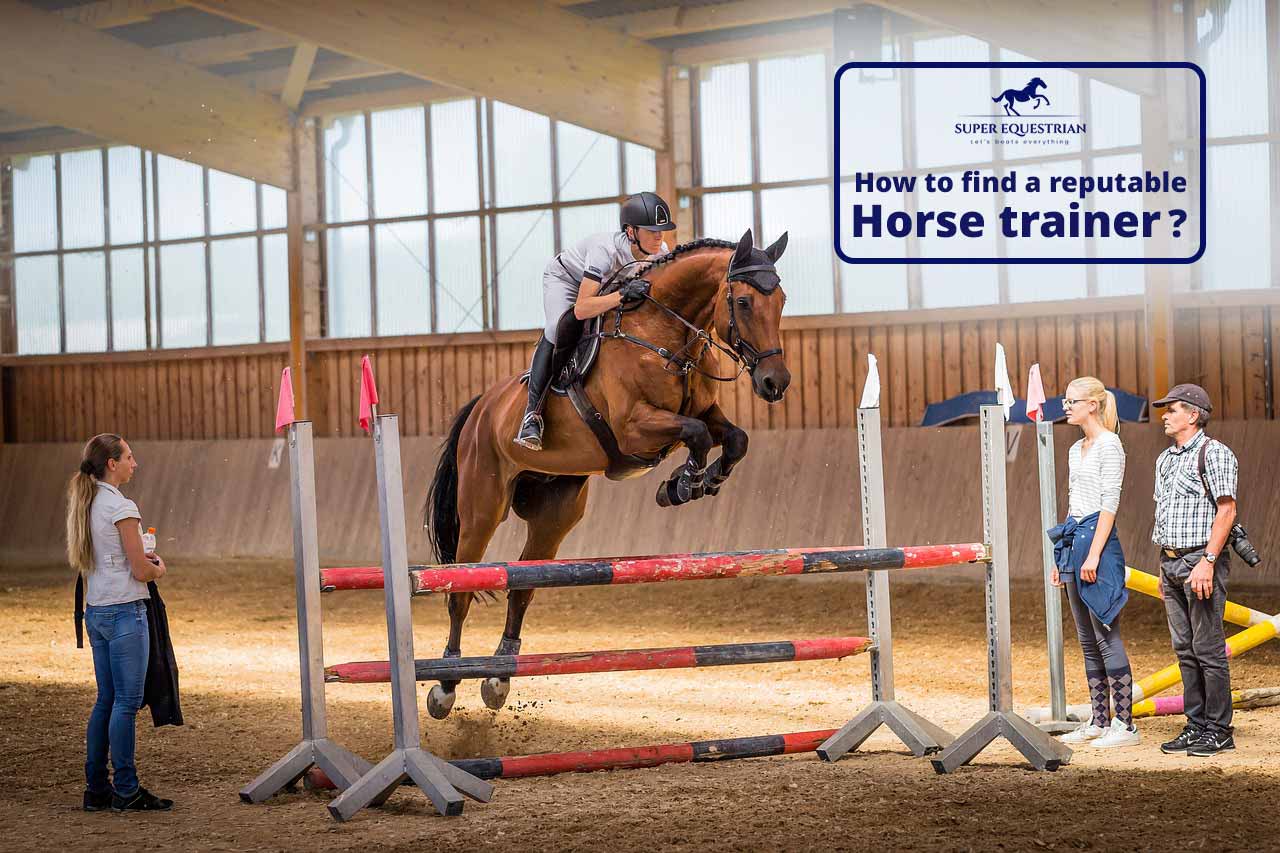
How To Find A Reputable ...
.jpg)
Do Horses Get Medals at ...

How to create a horse-...